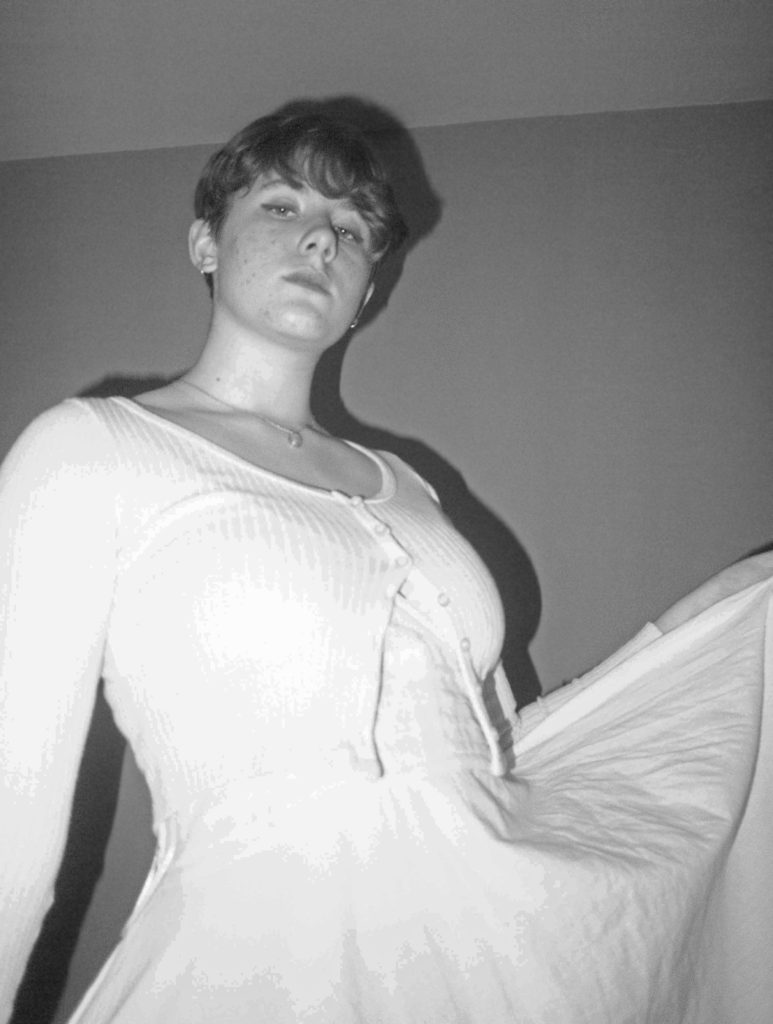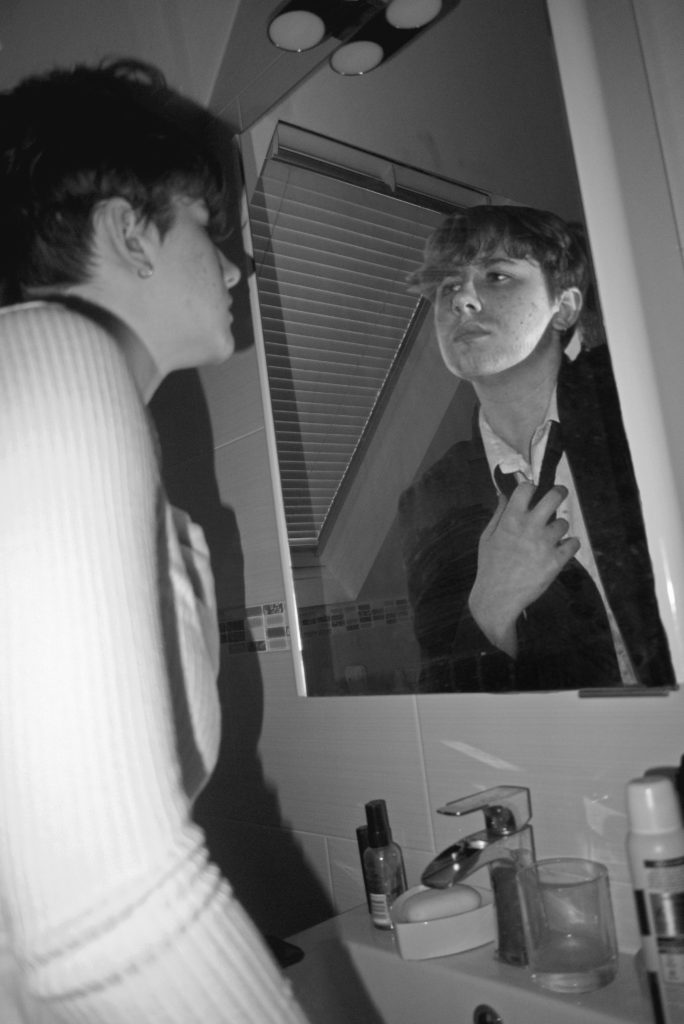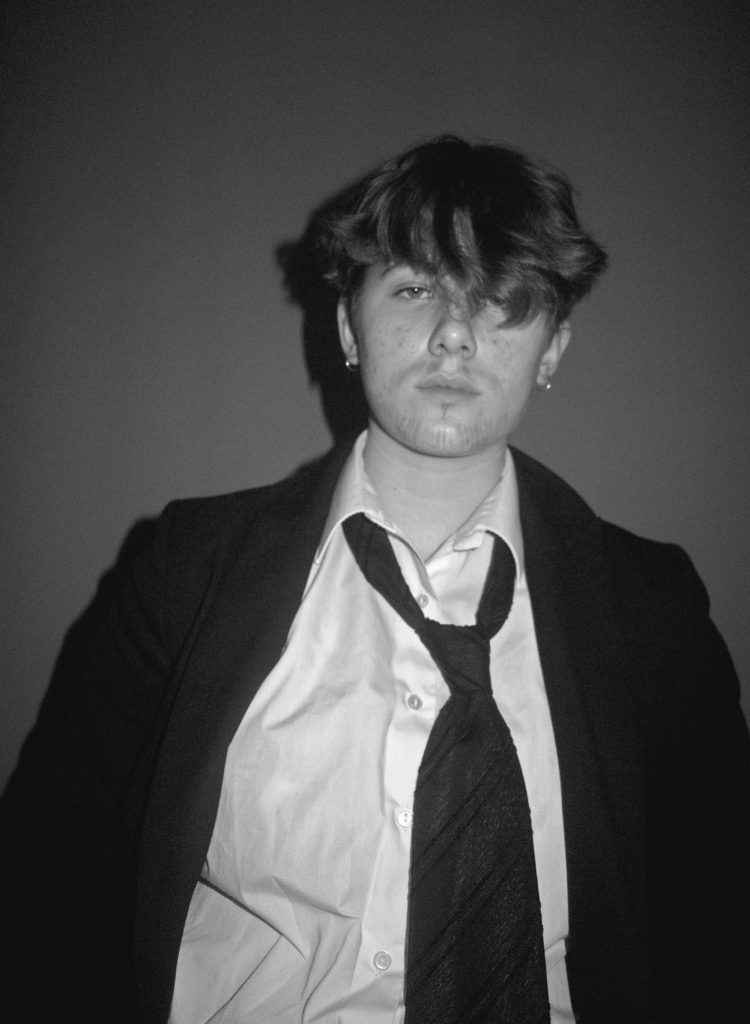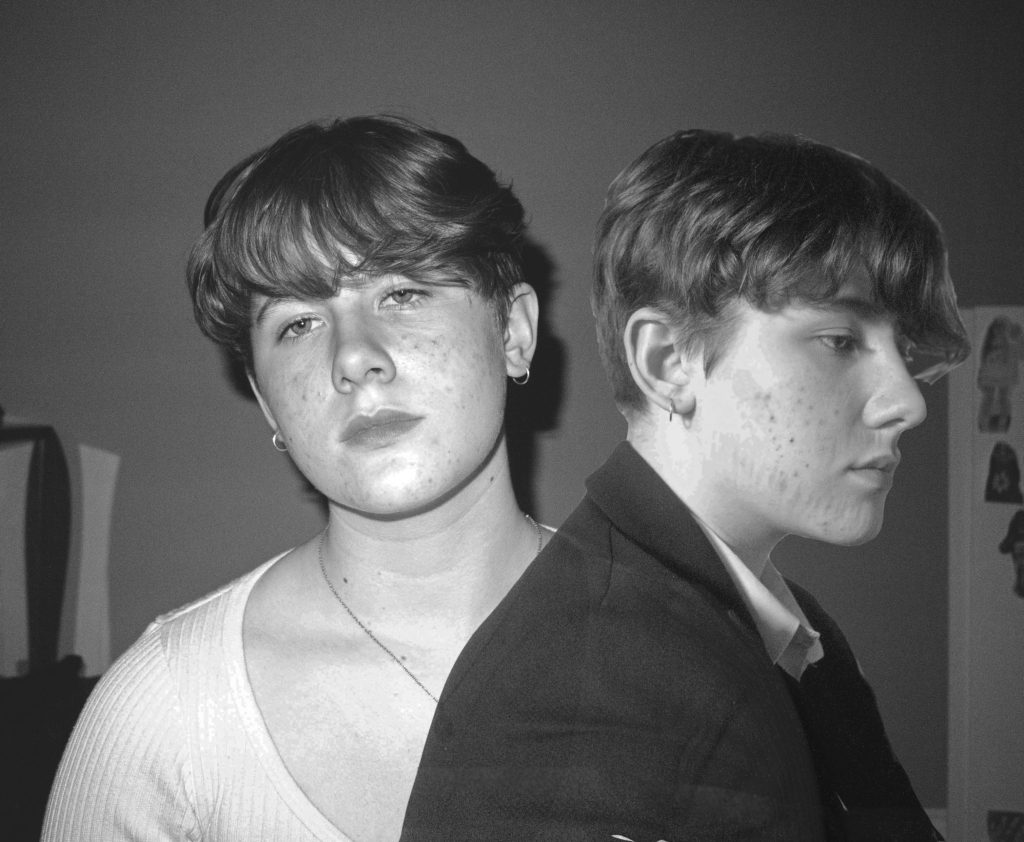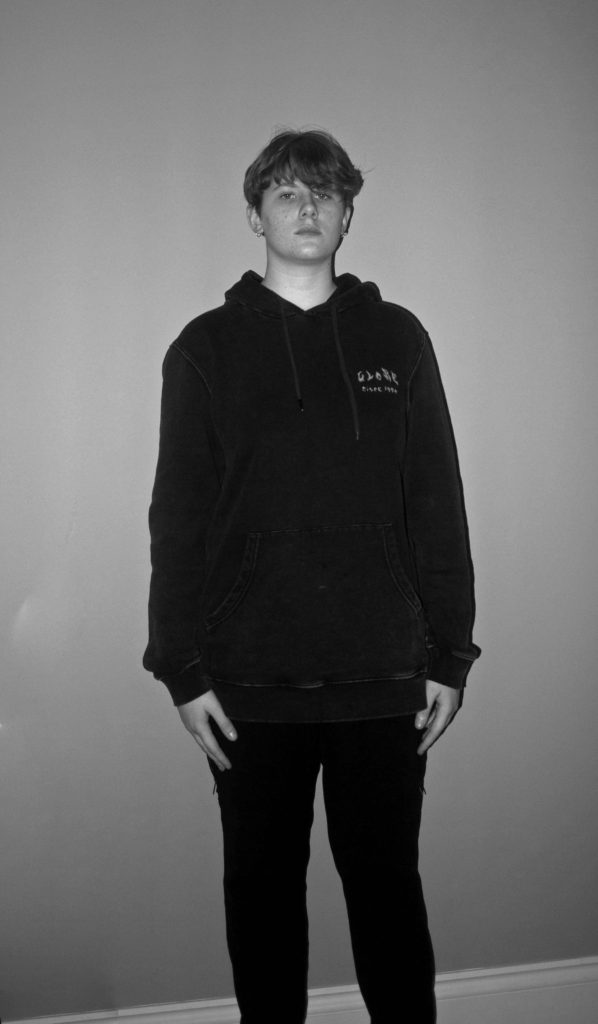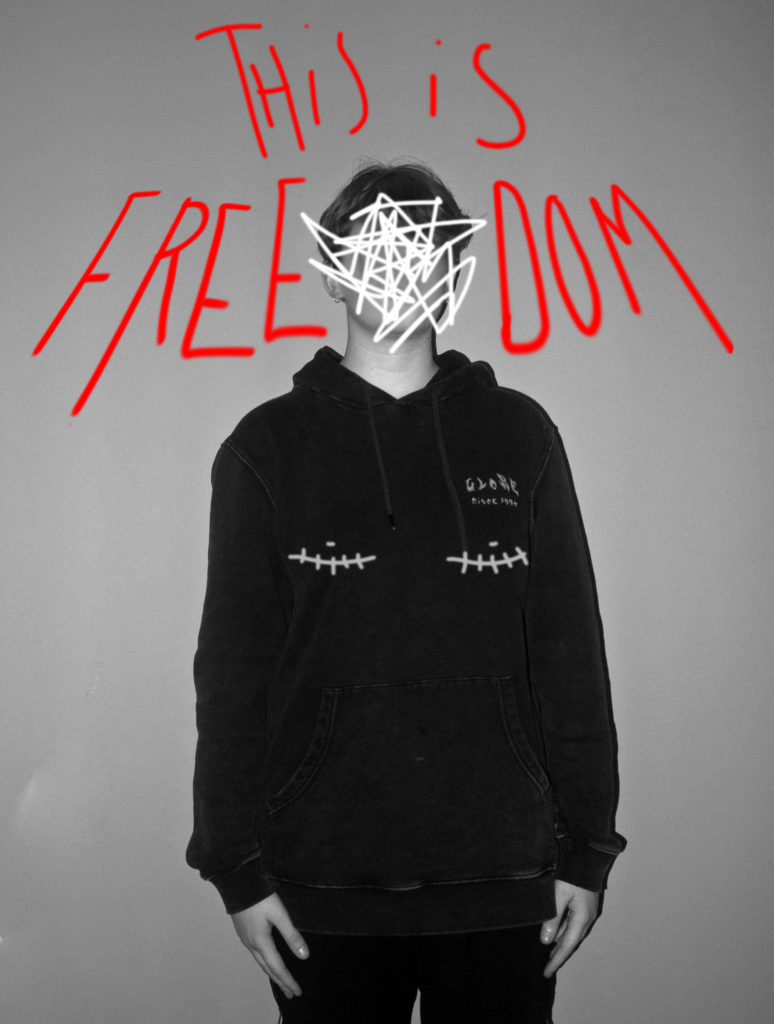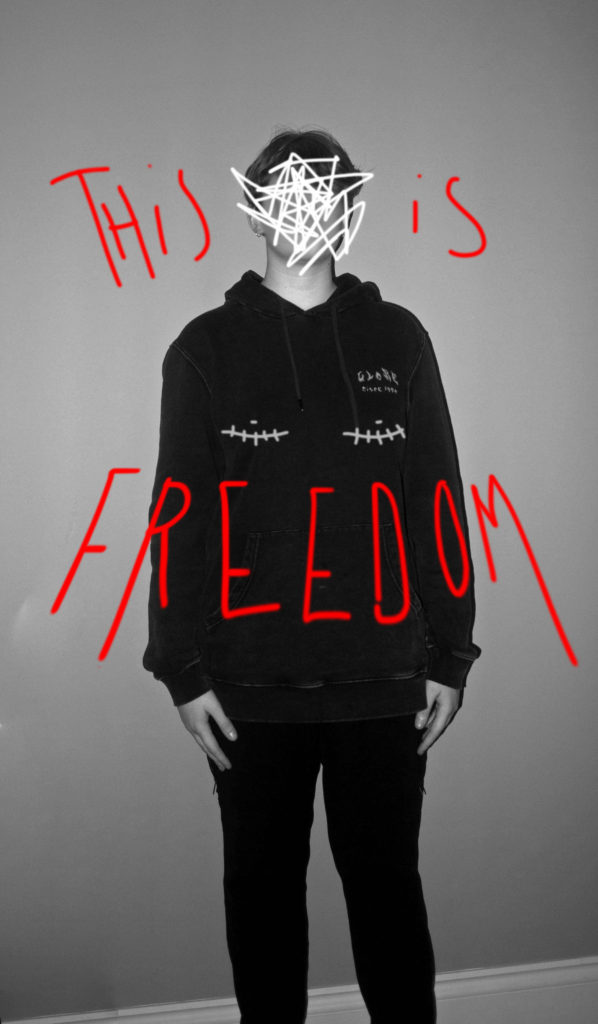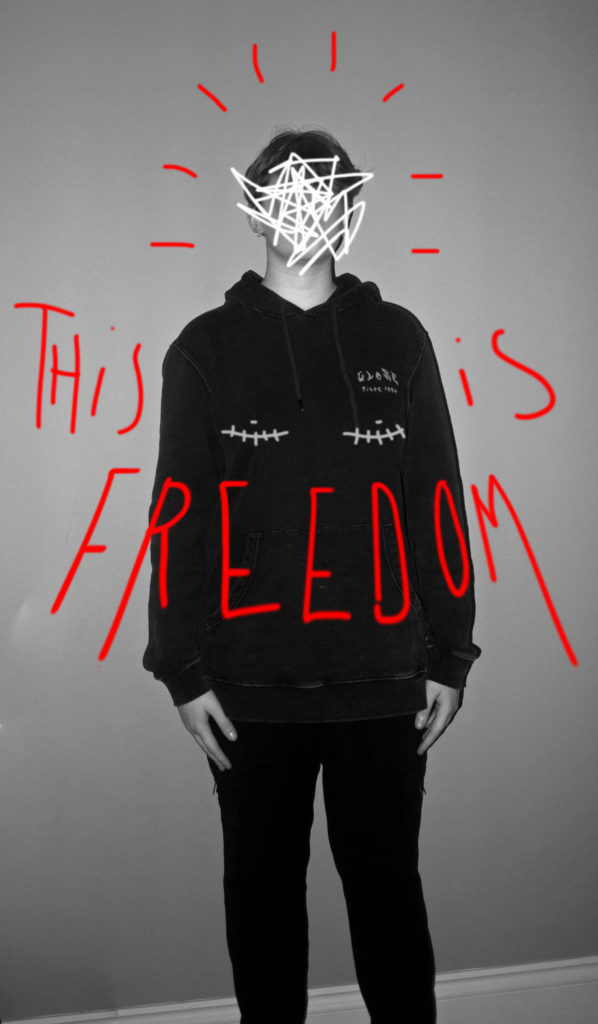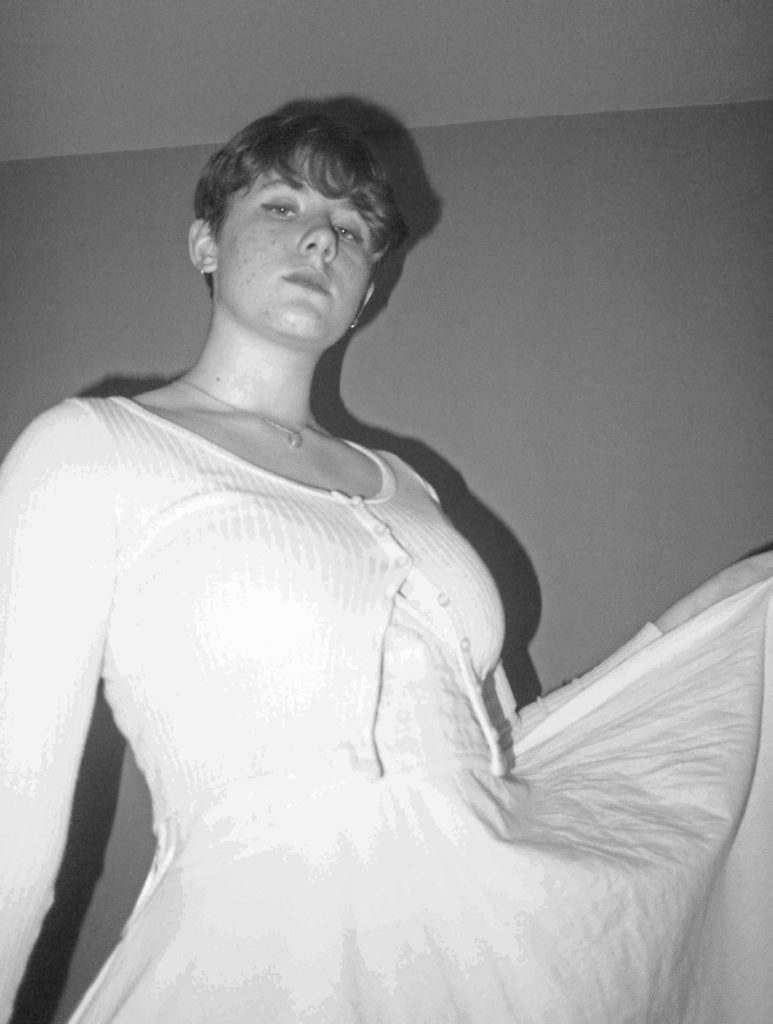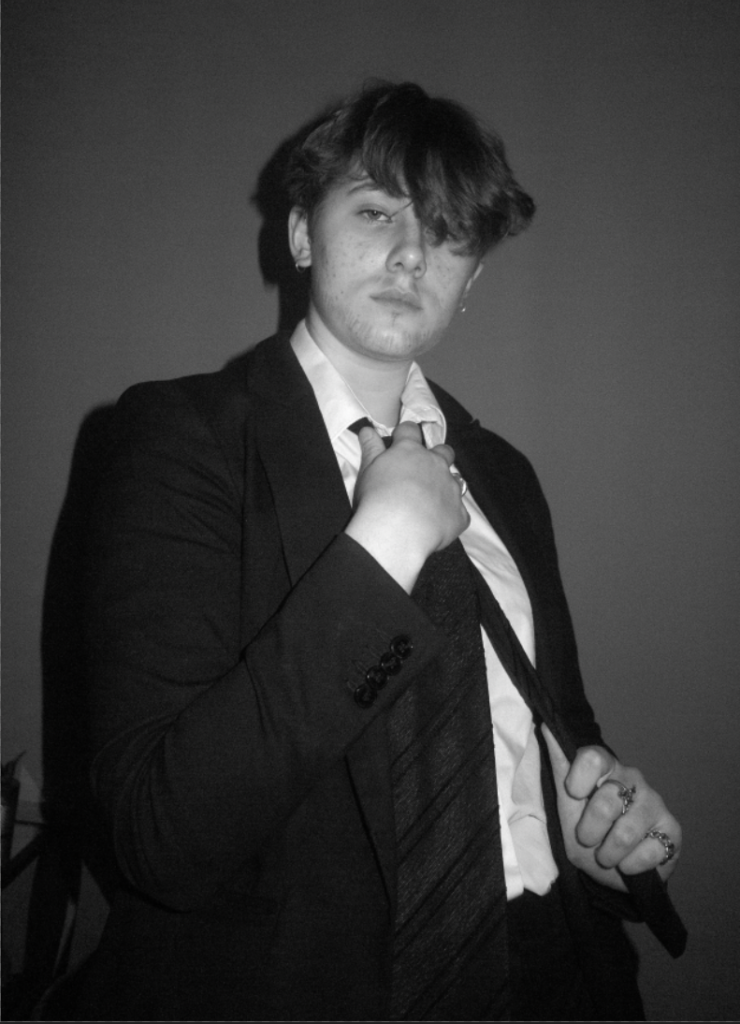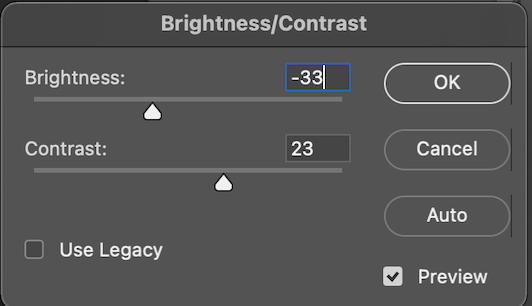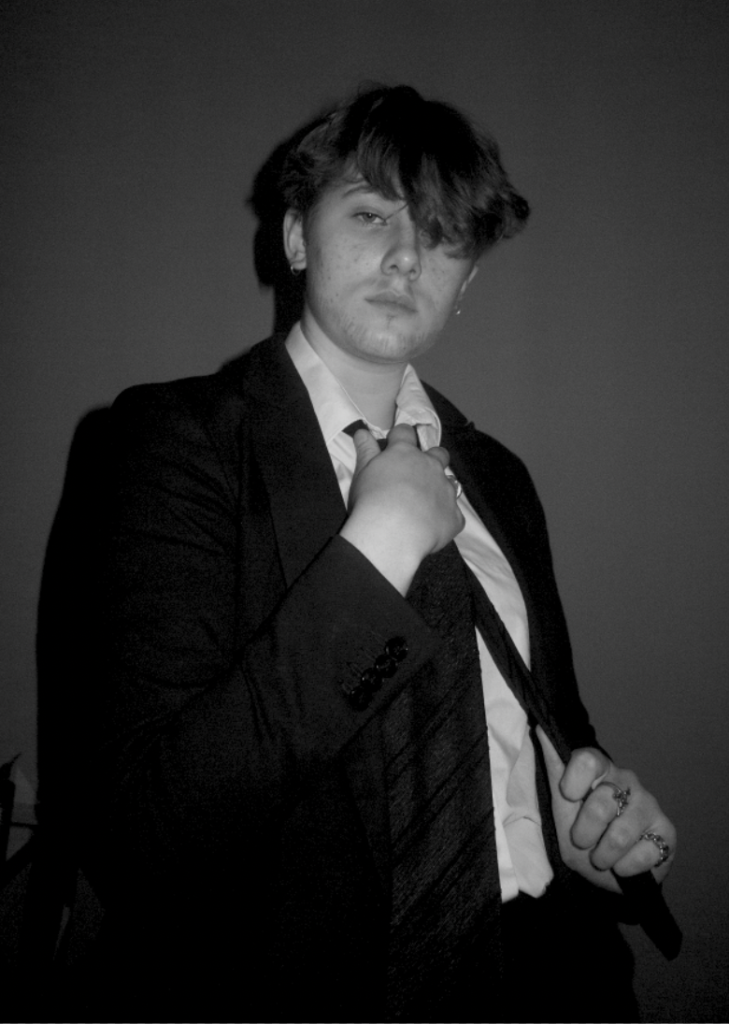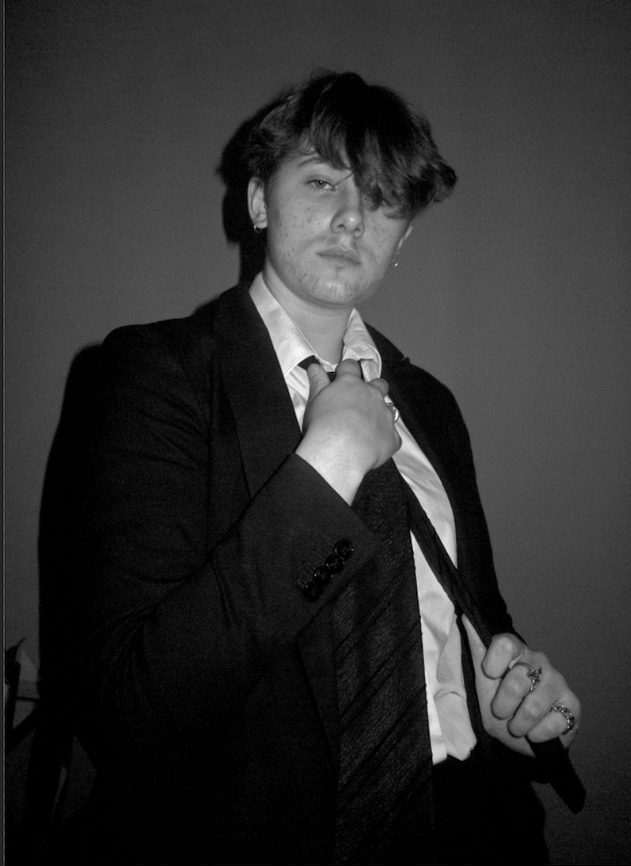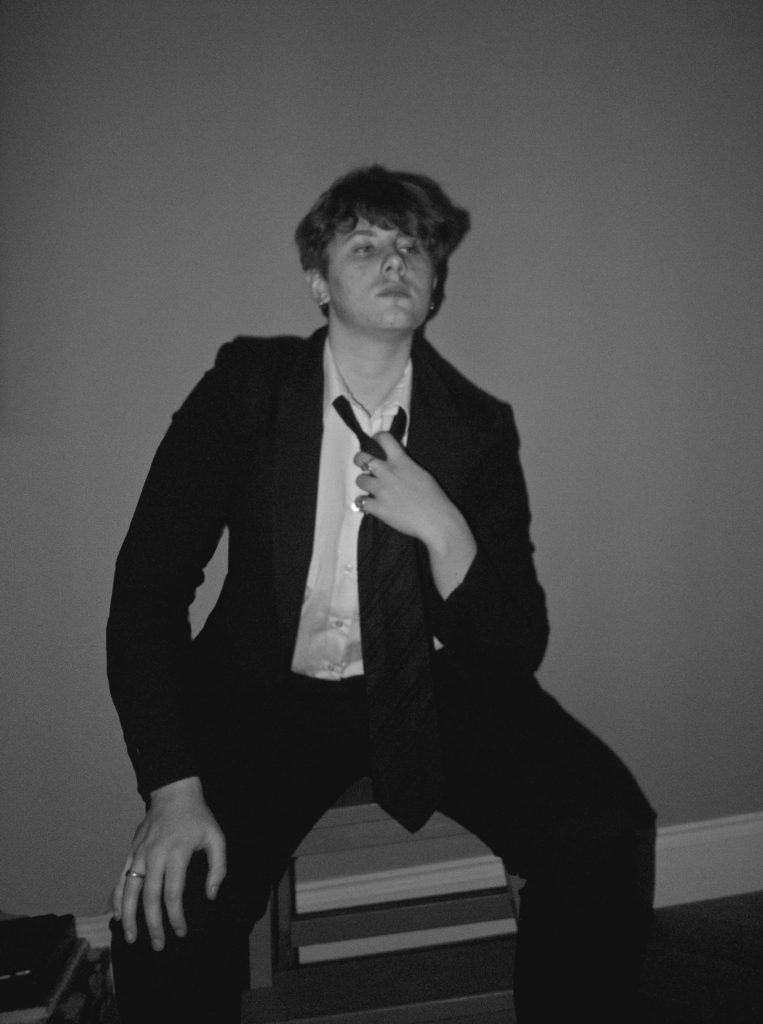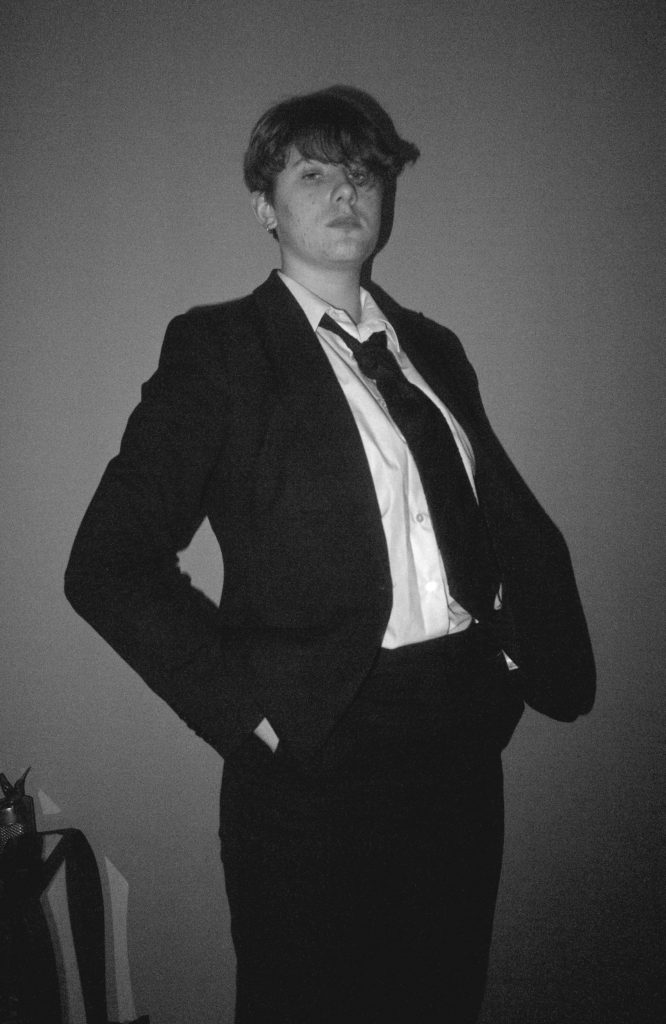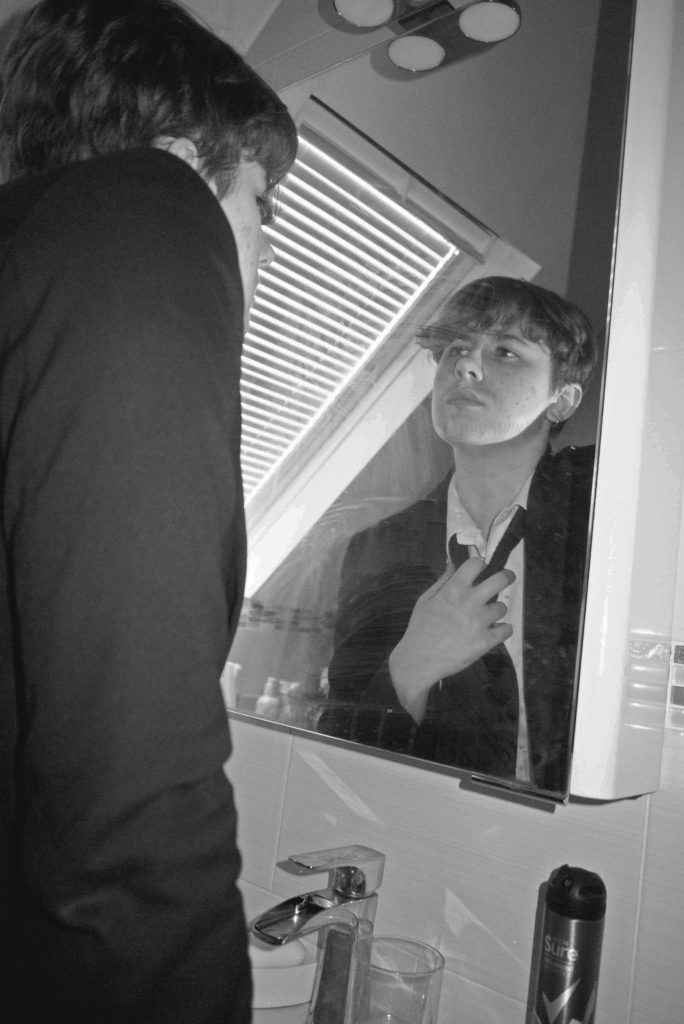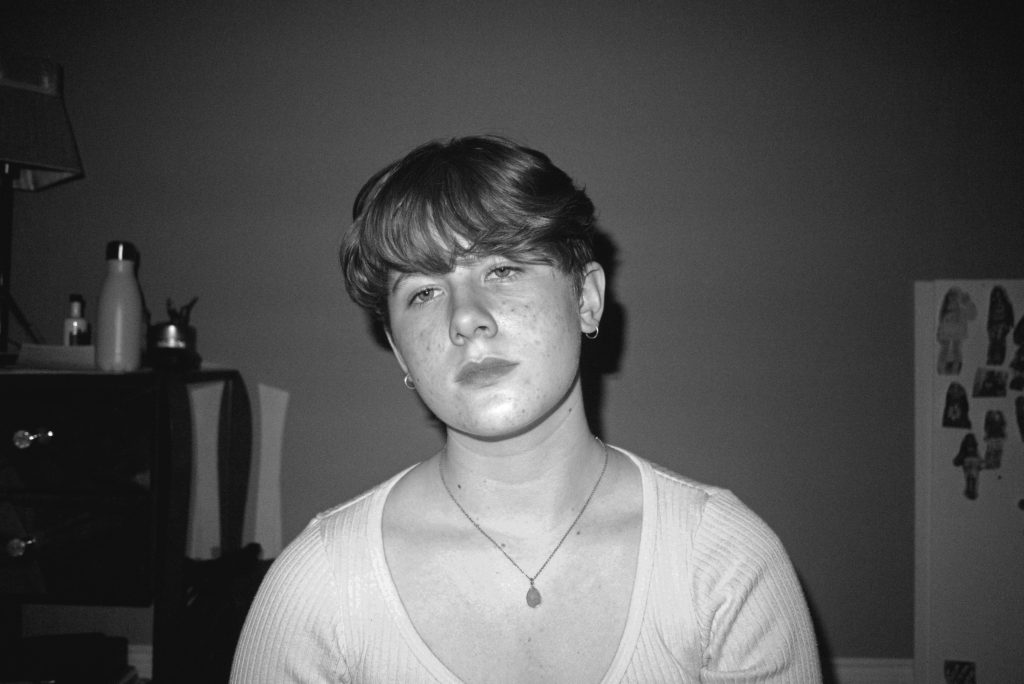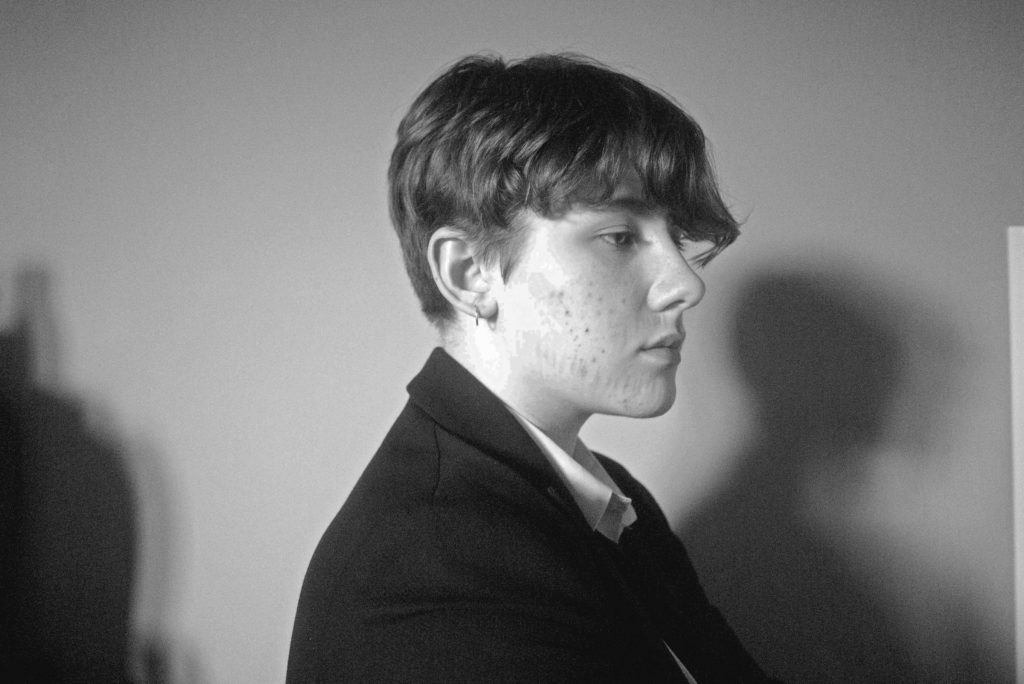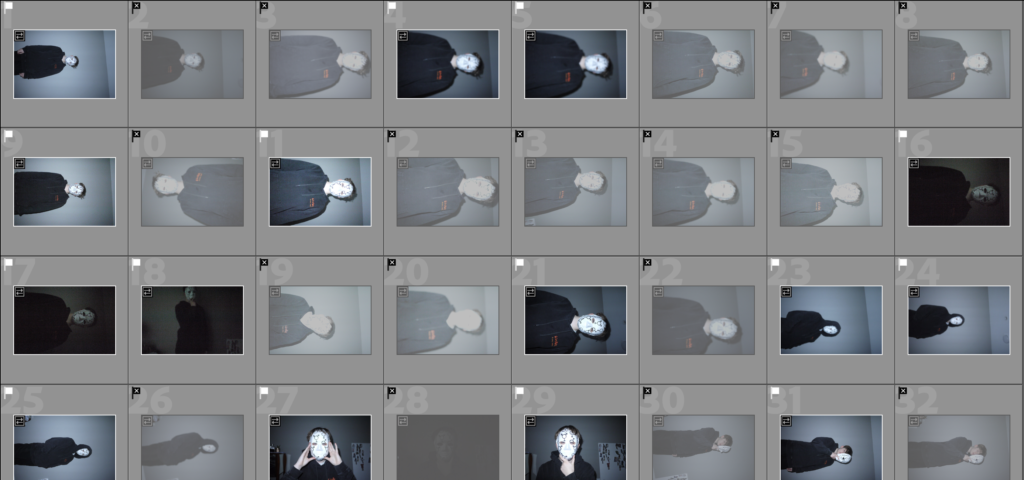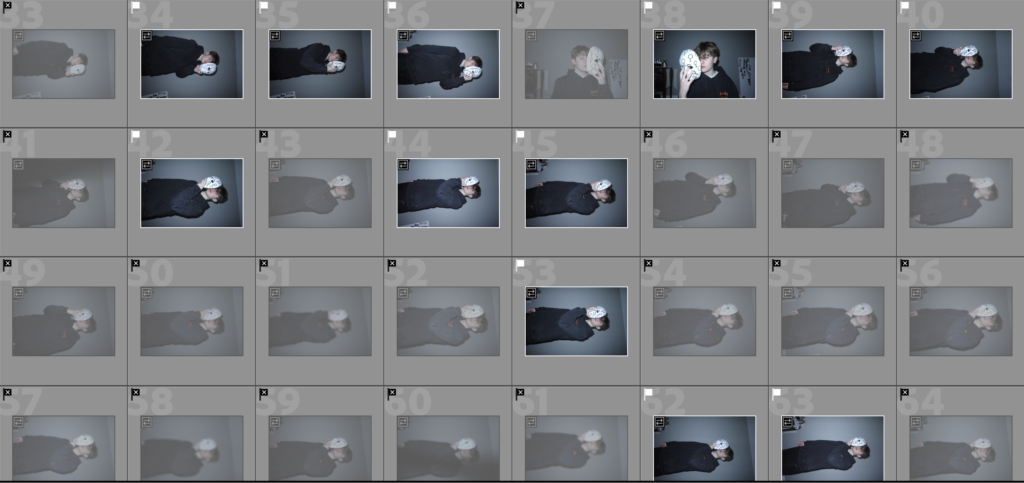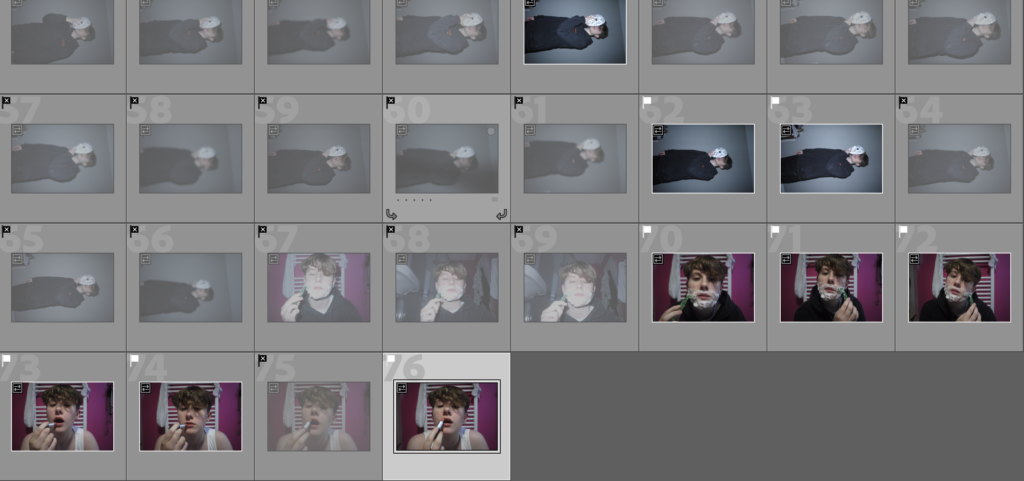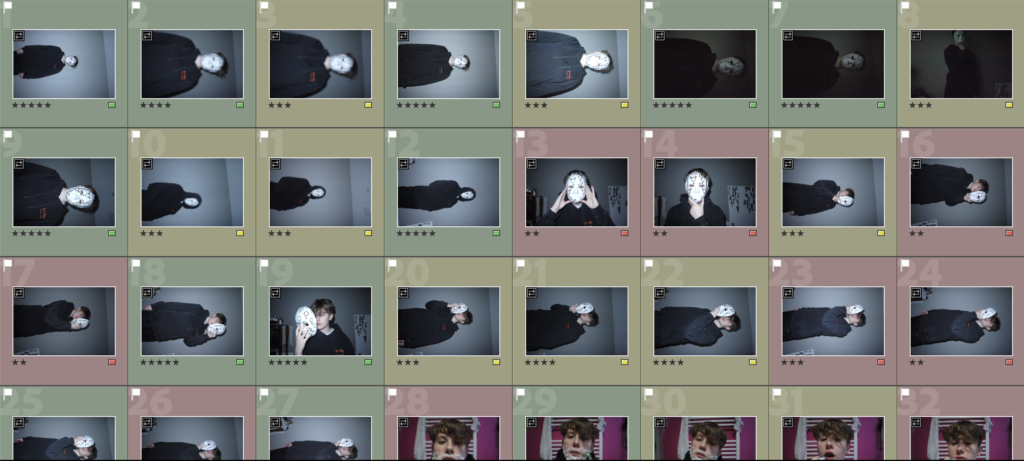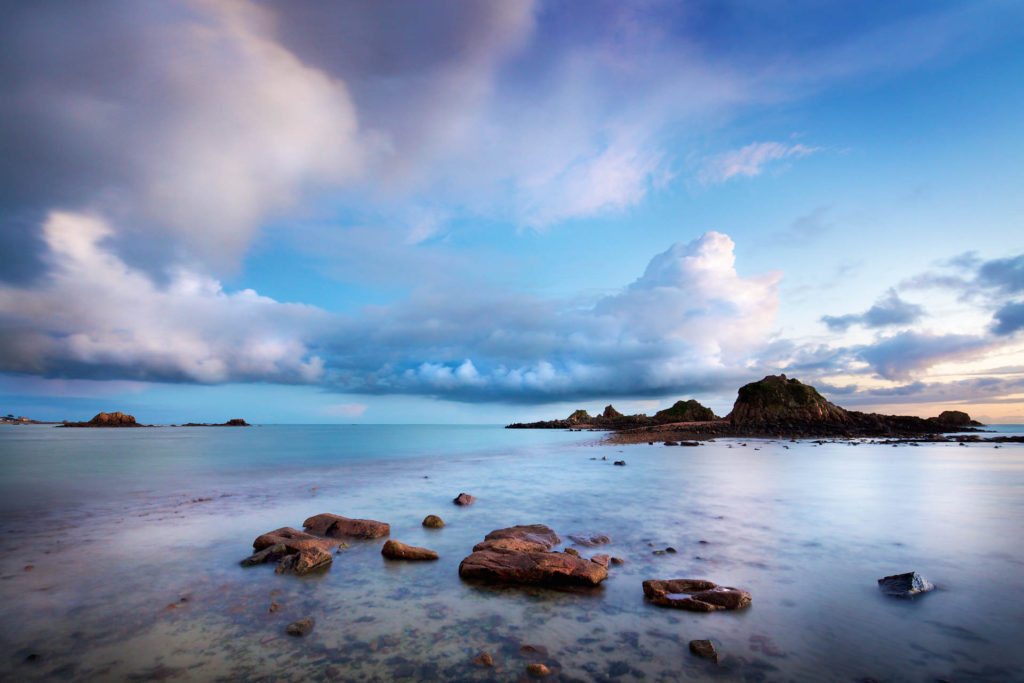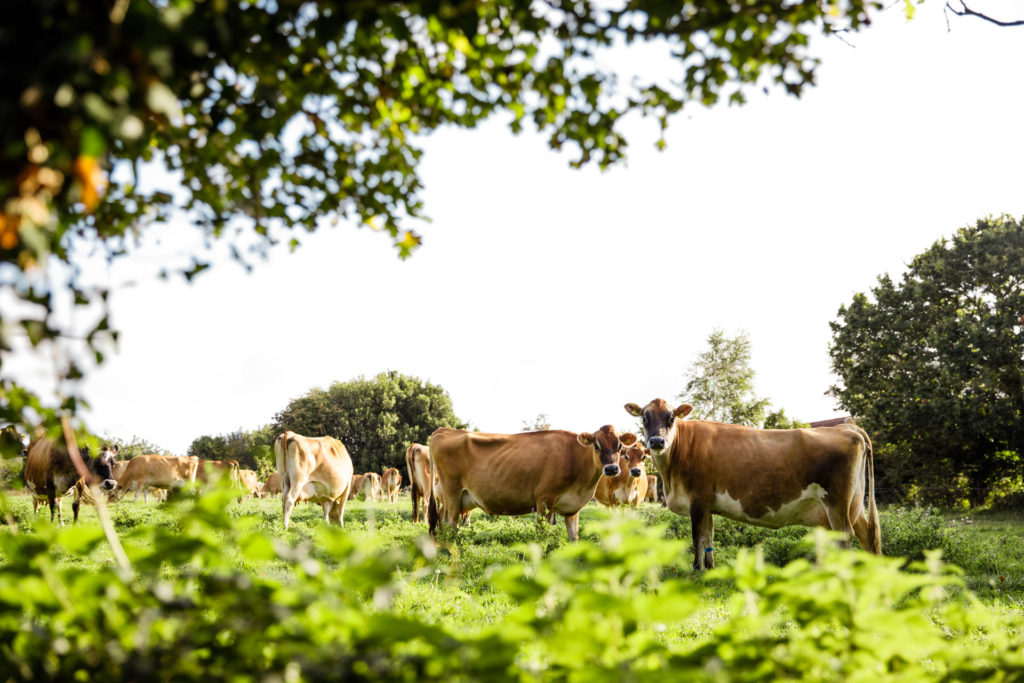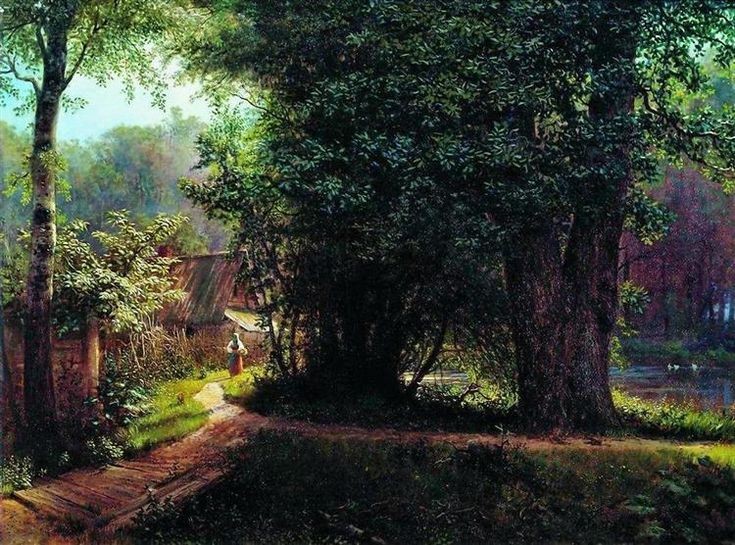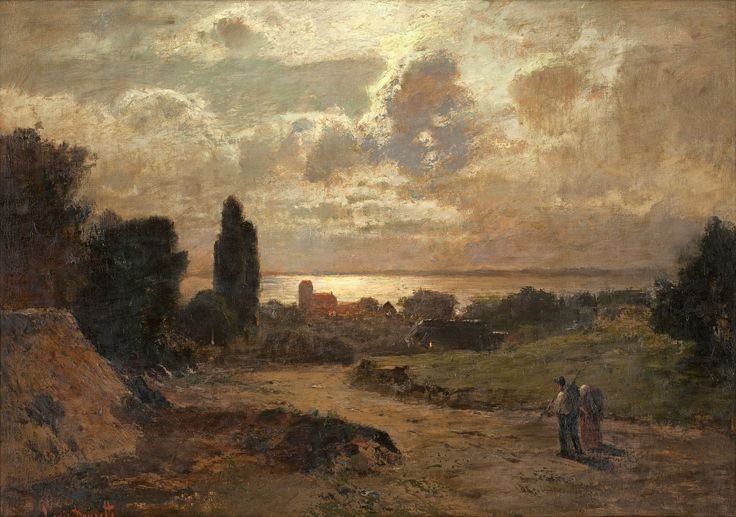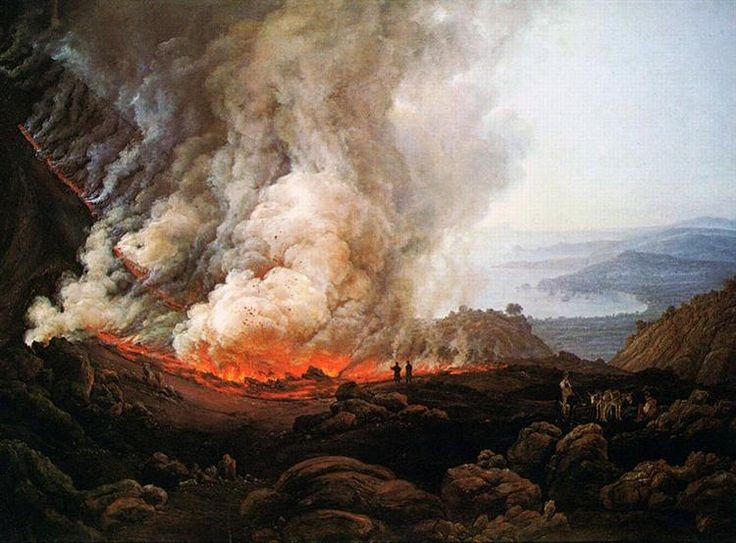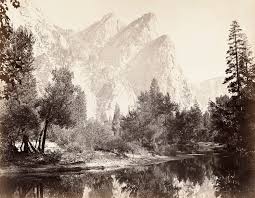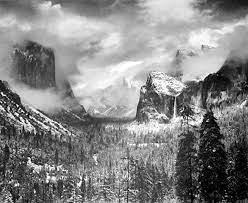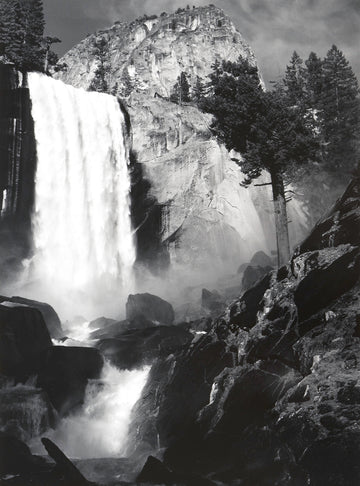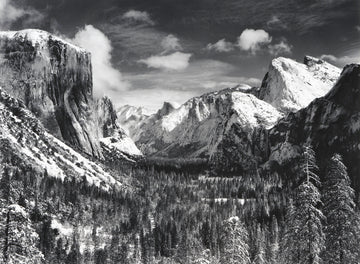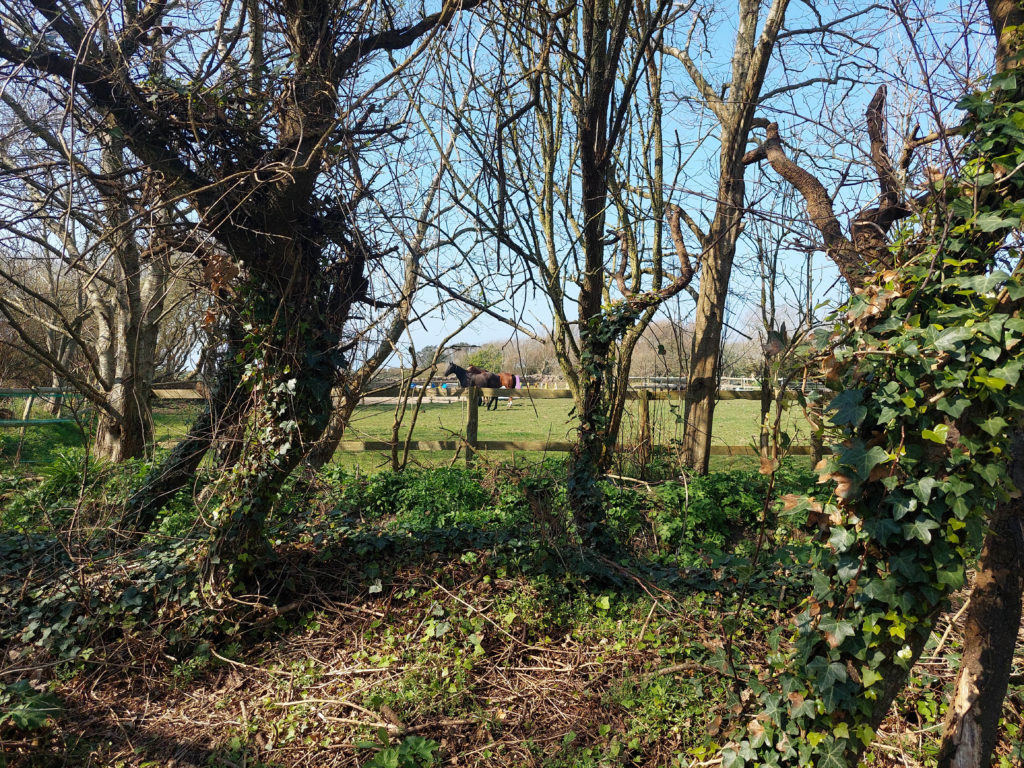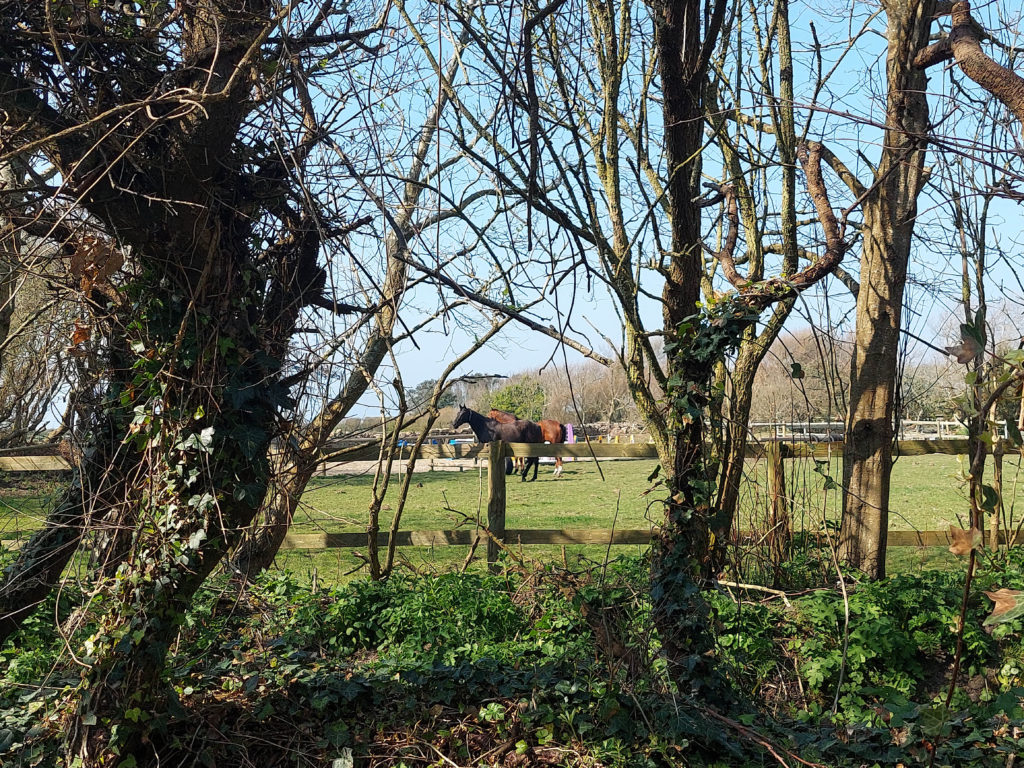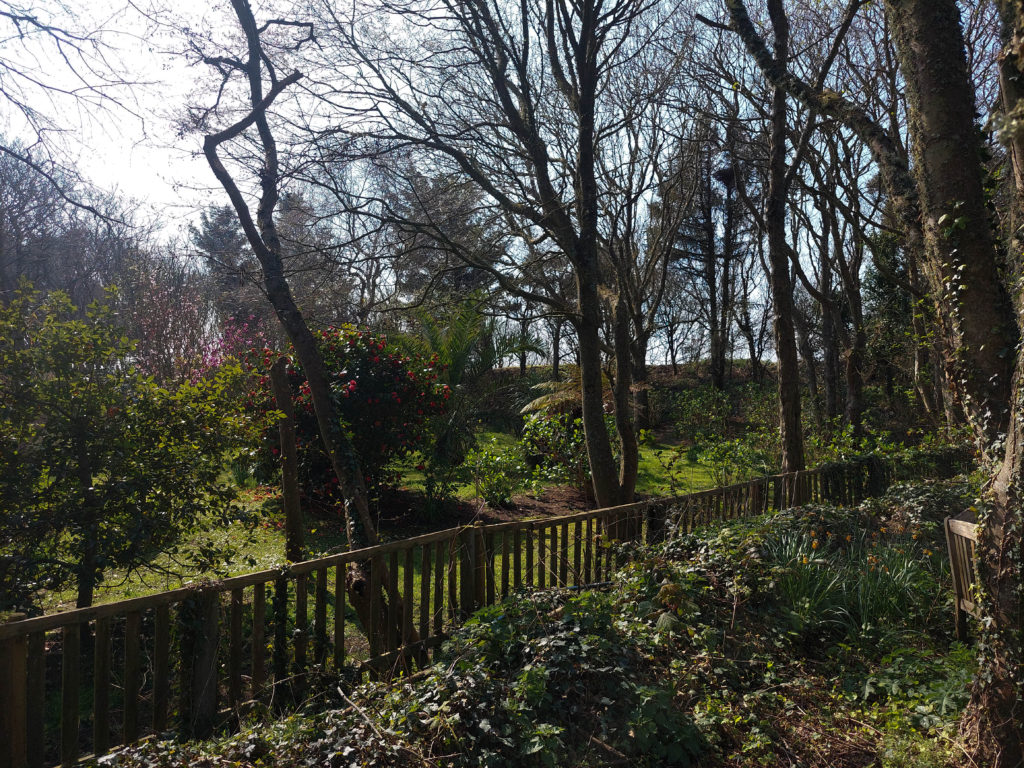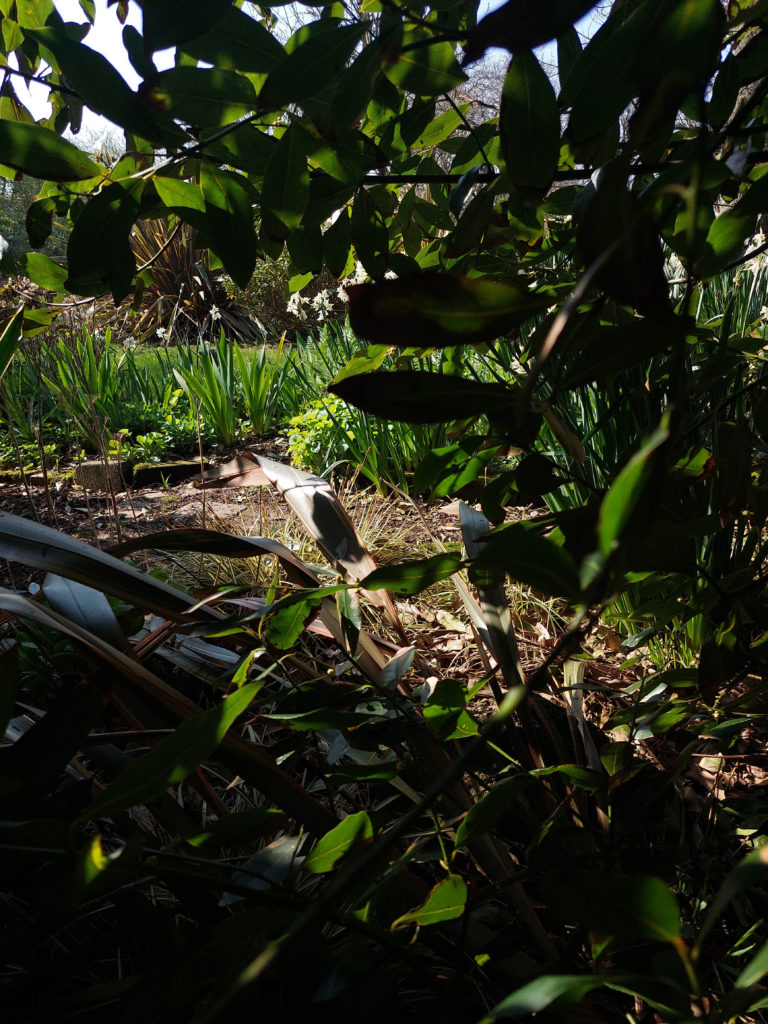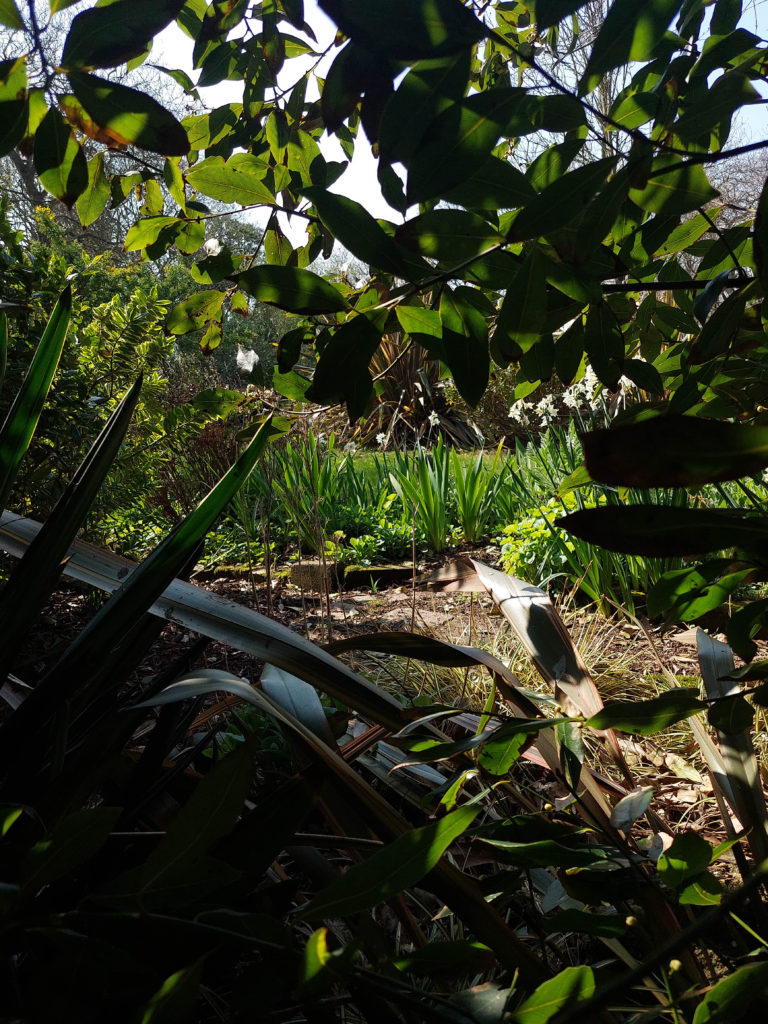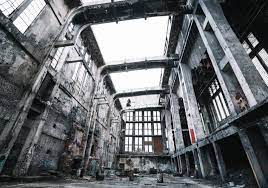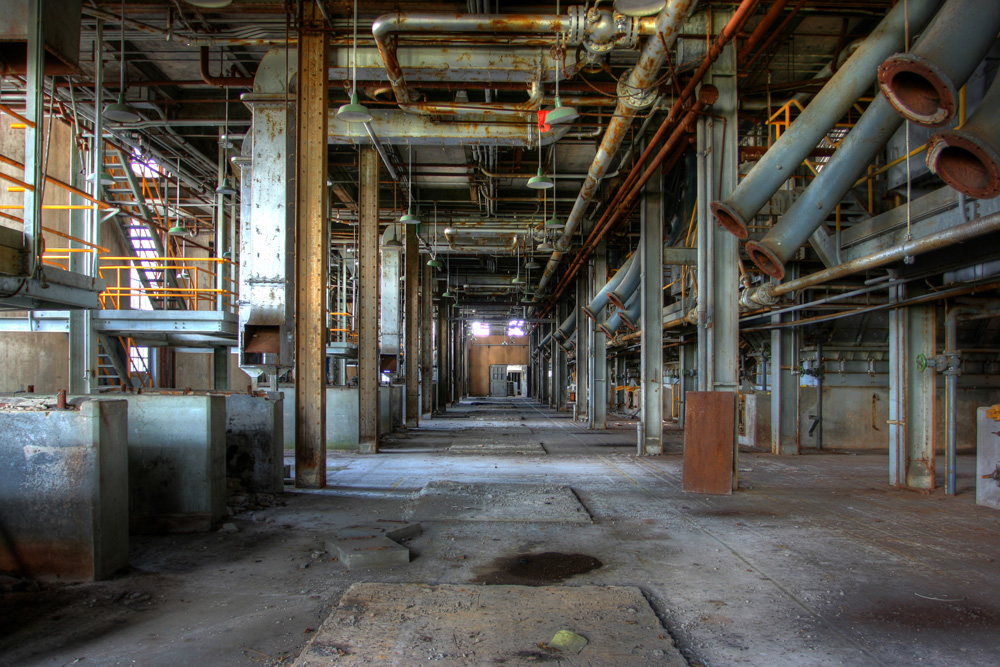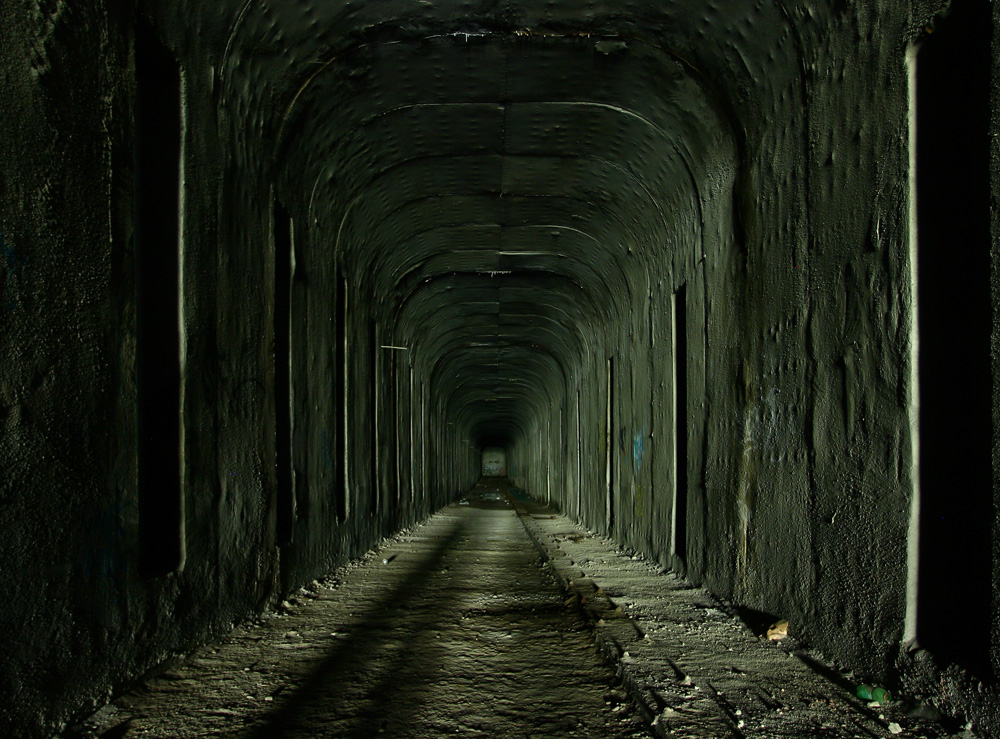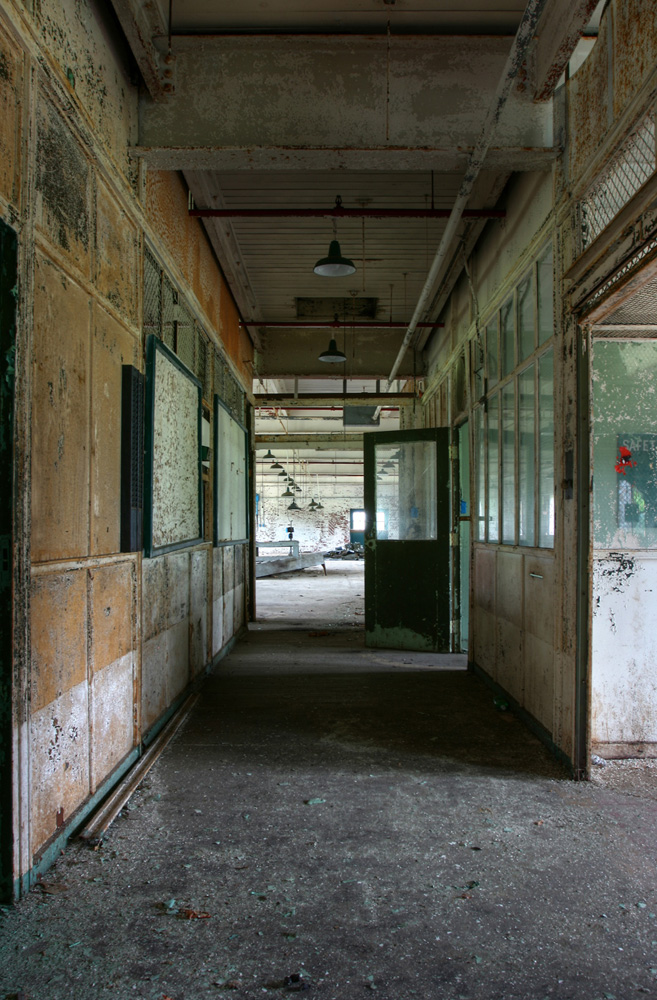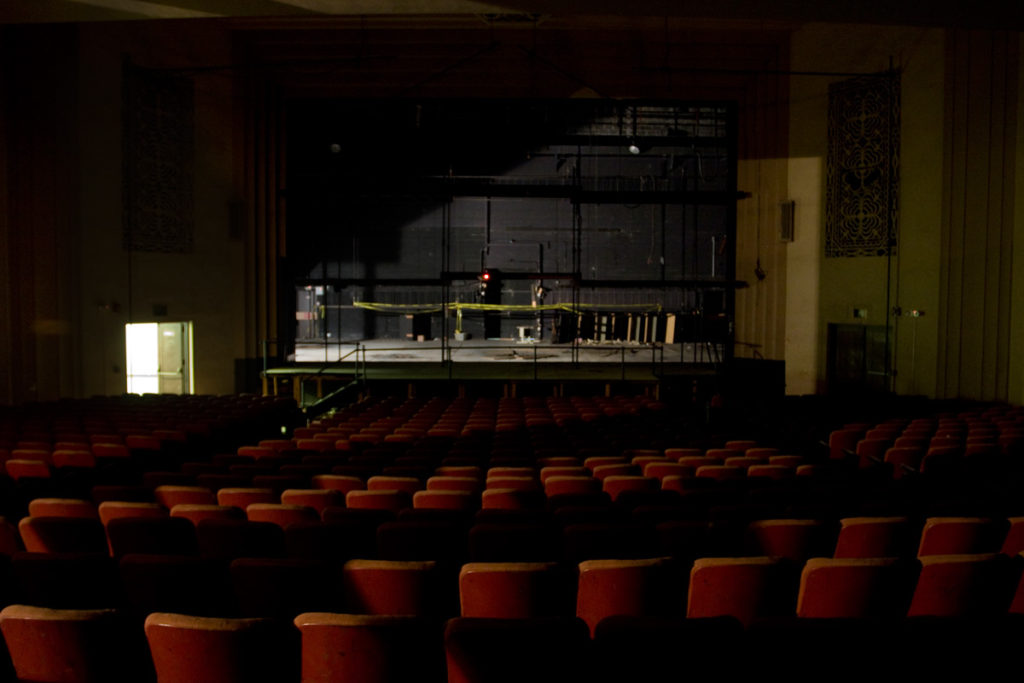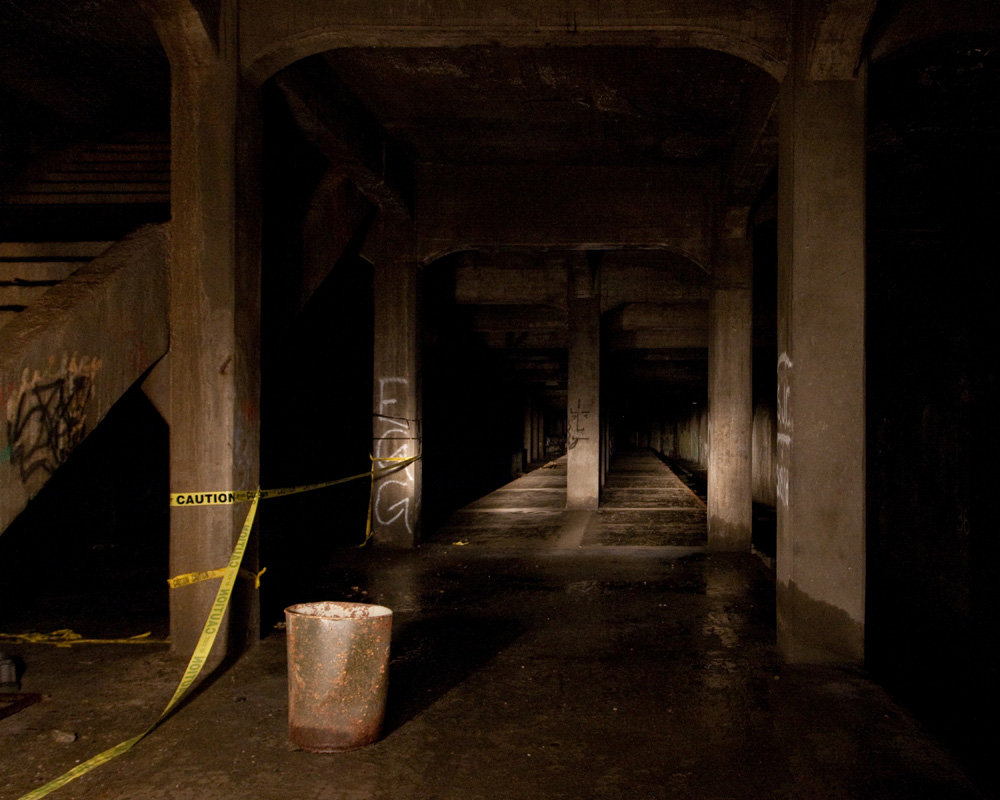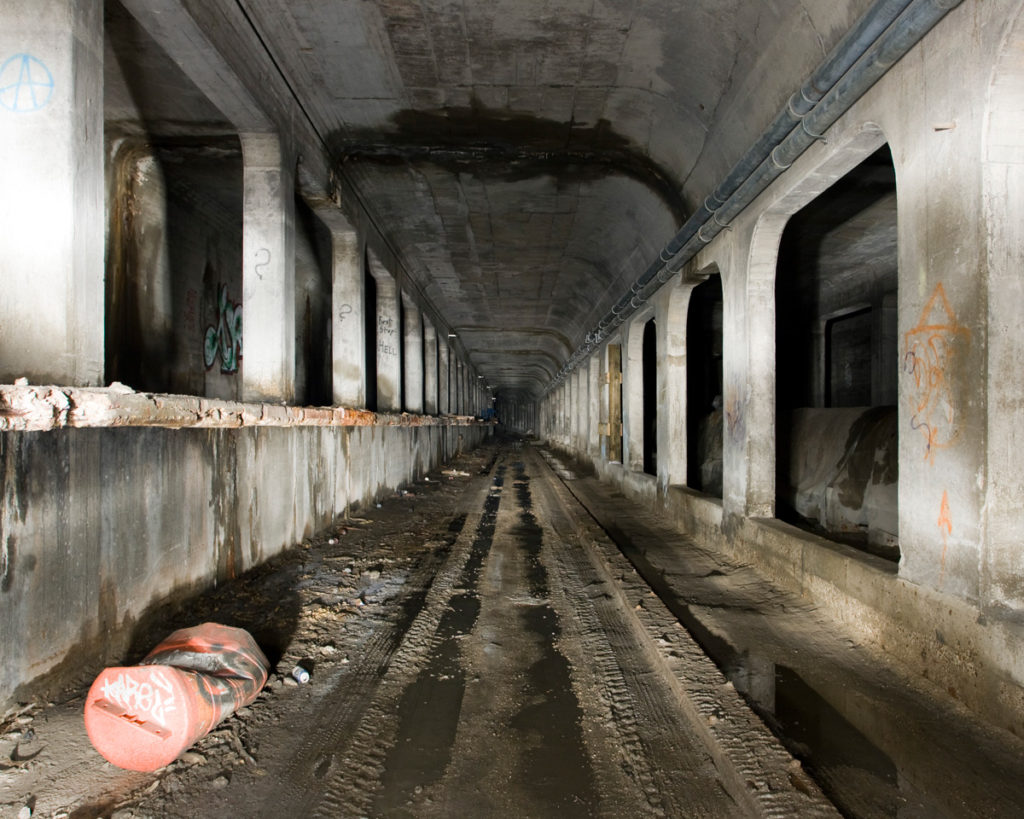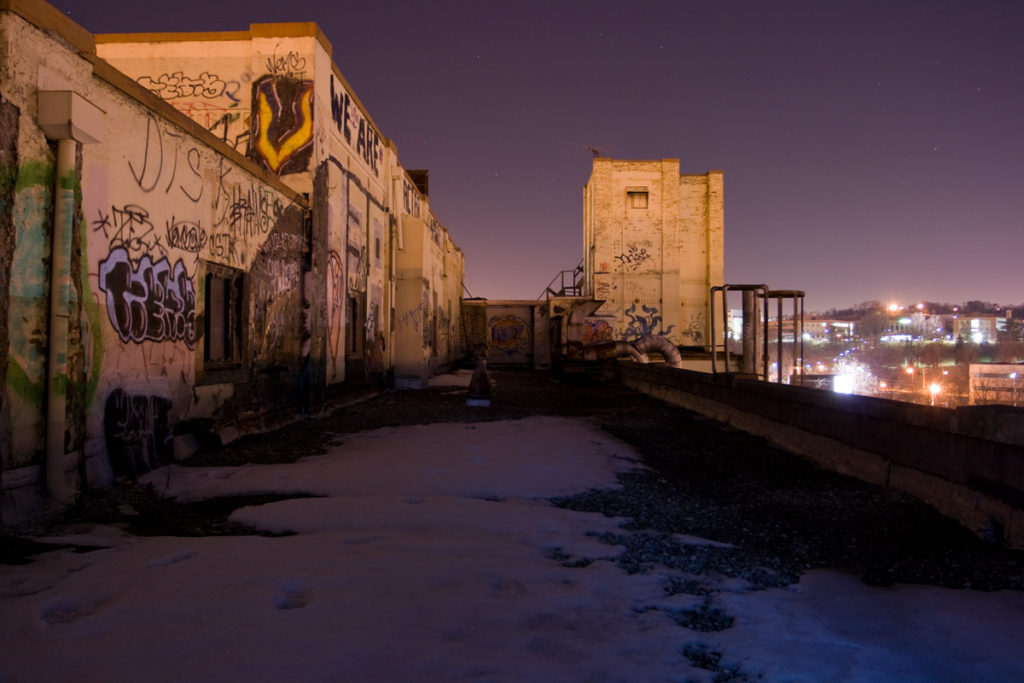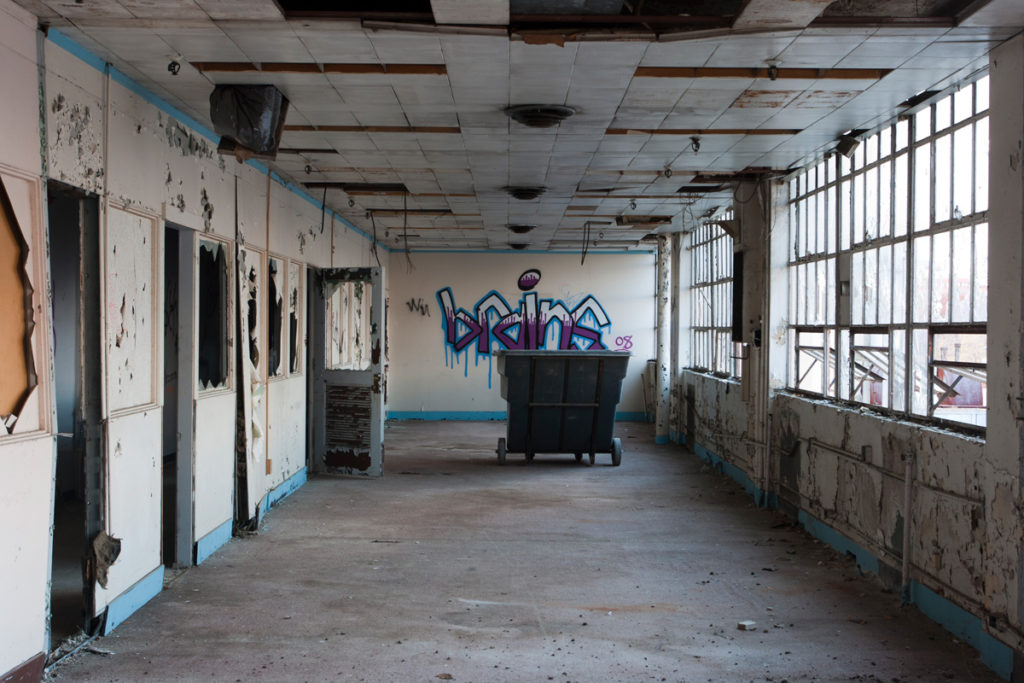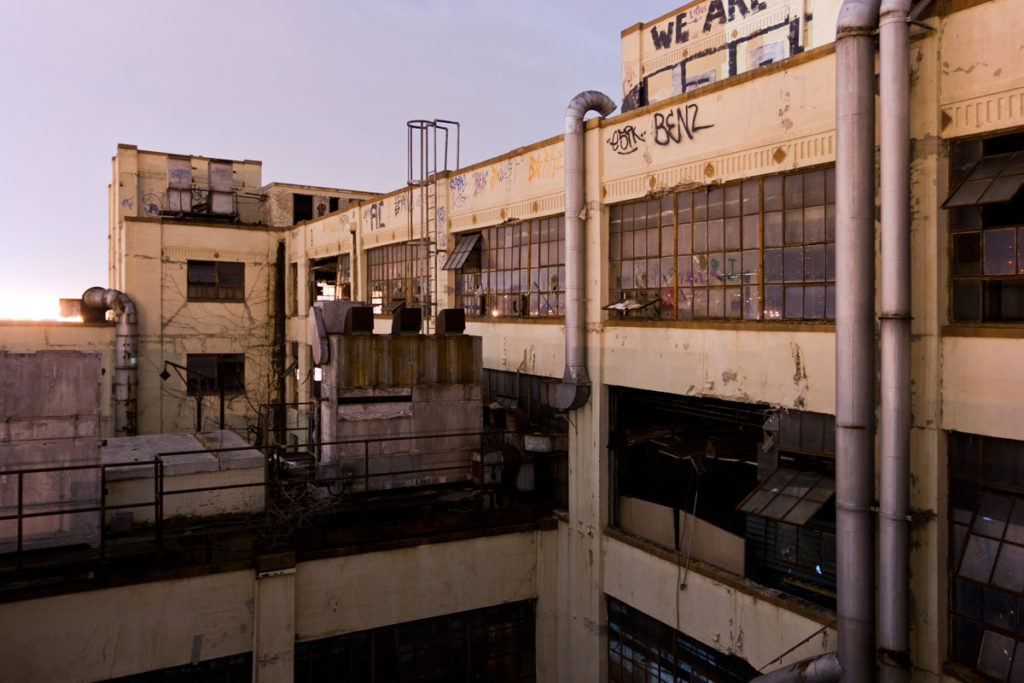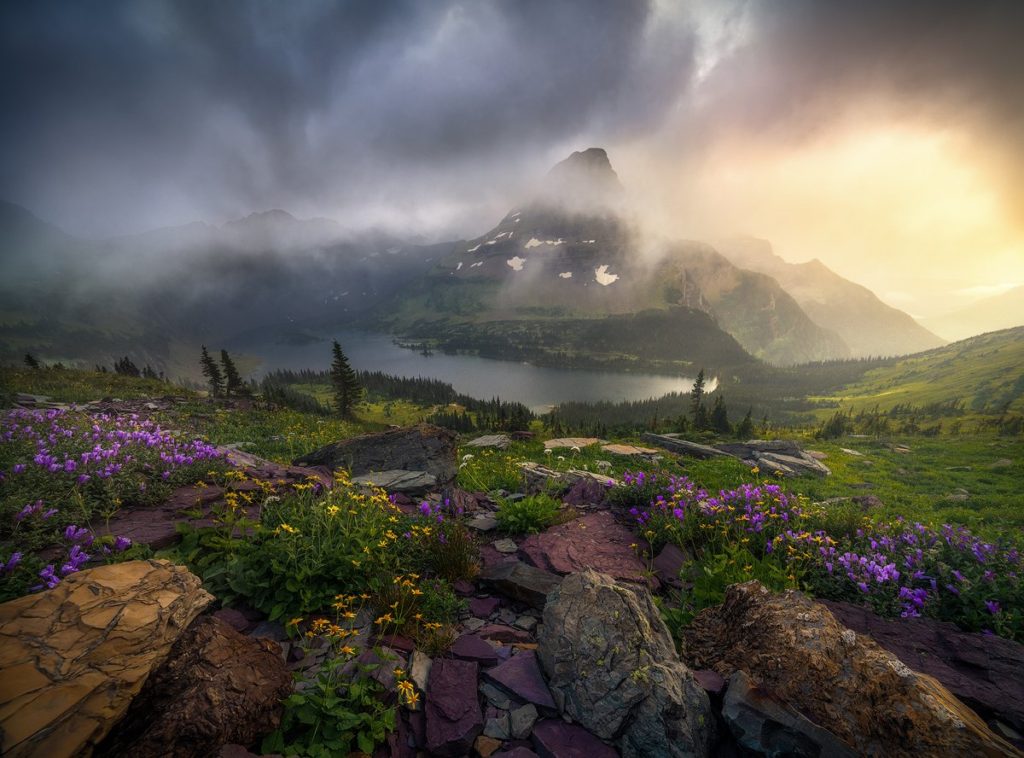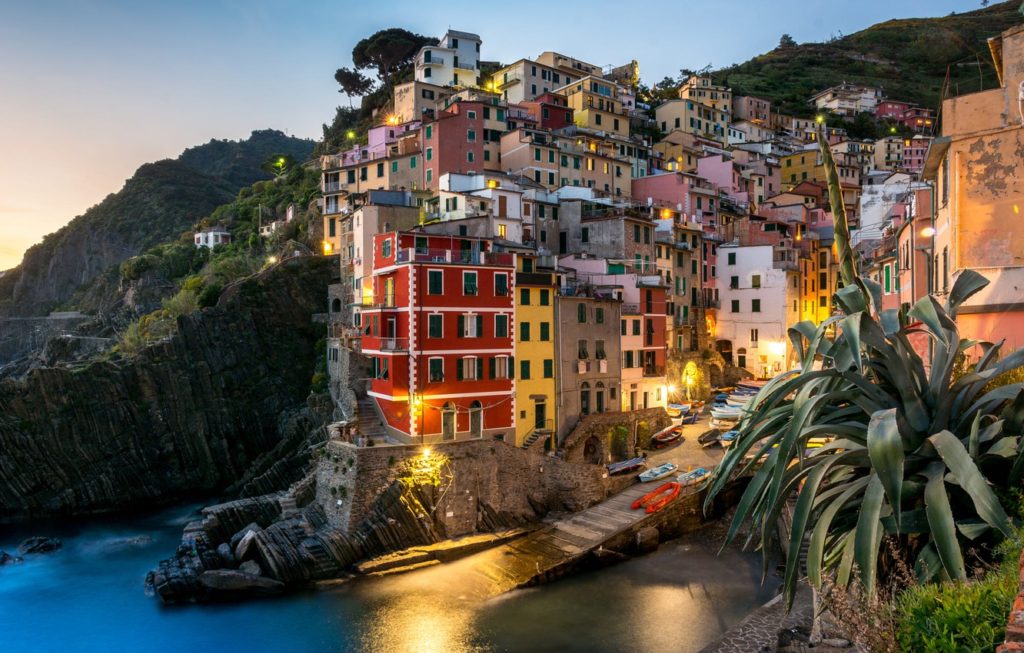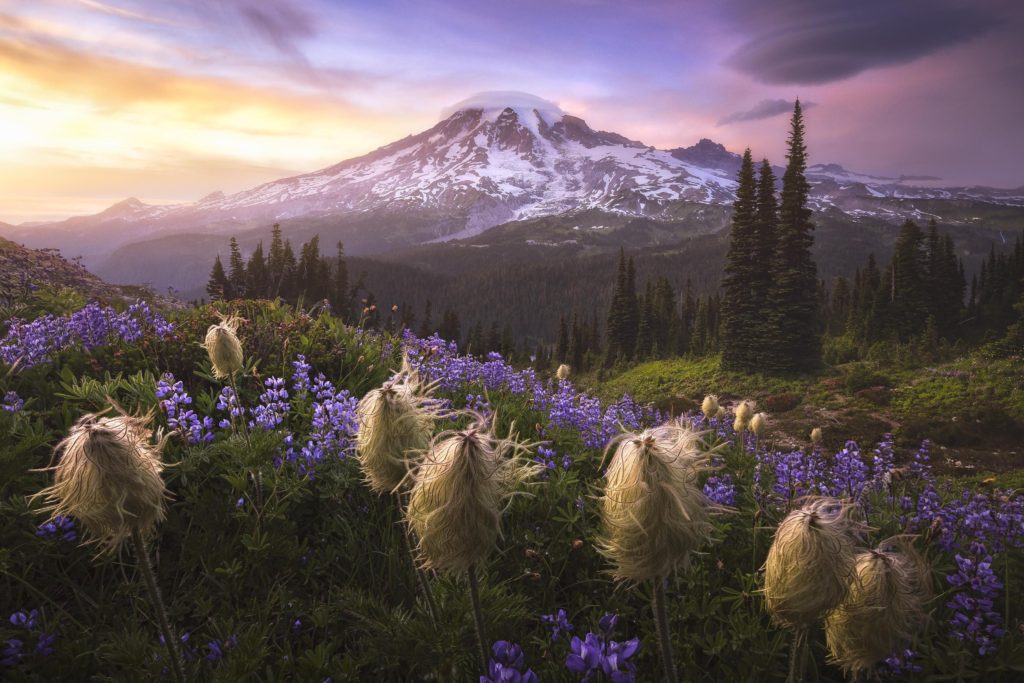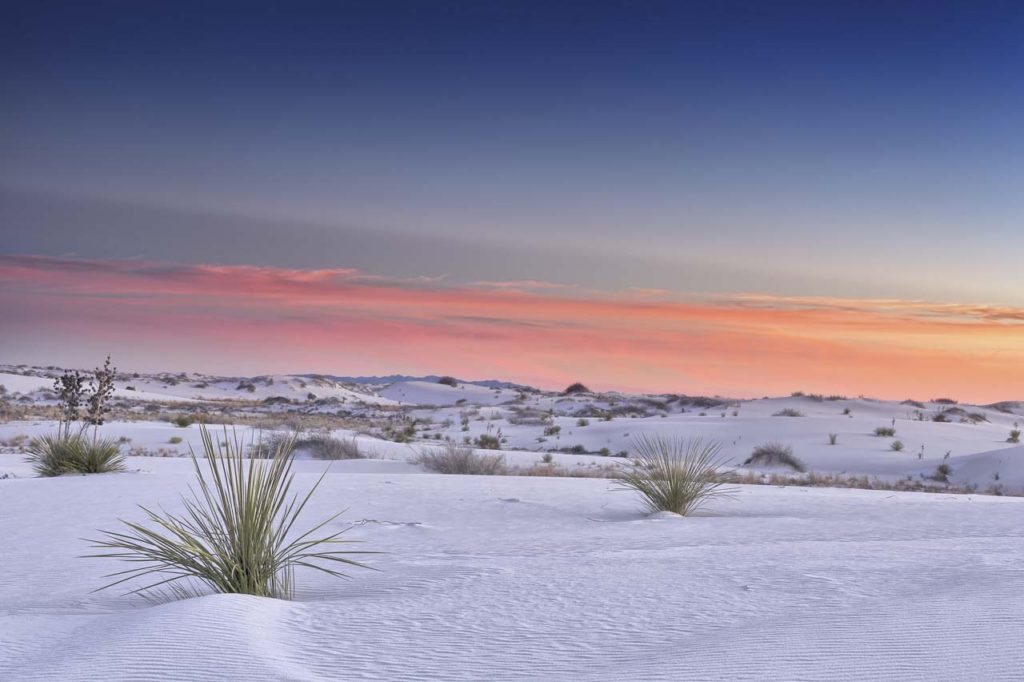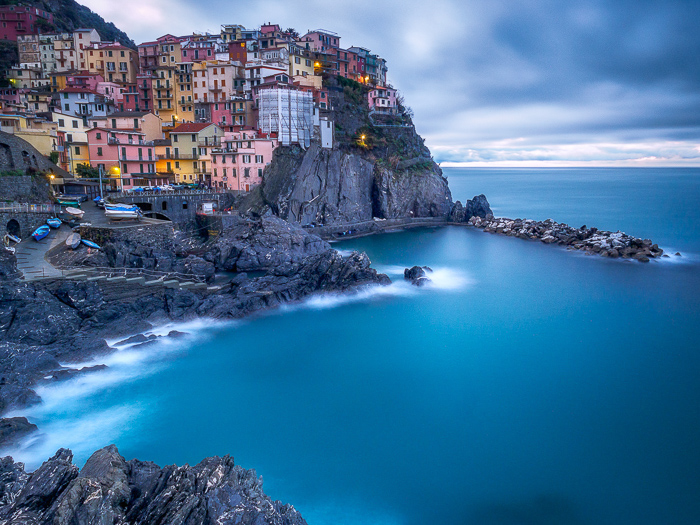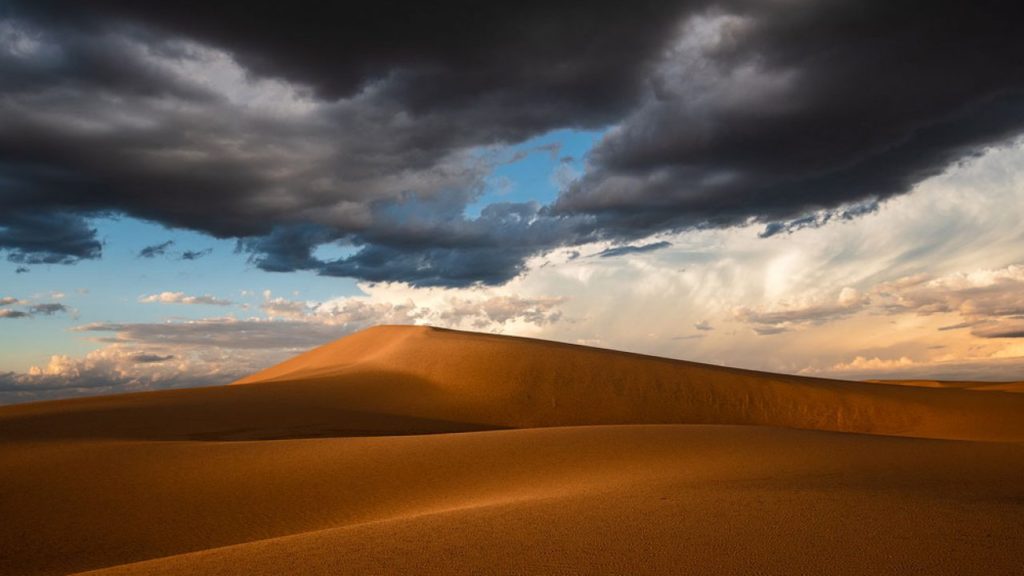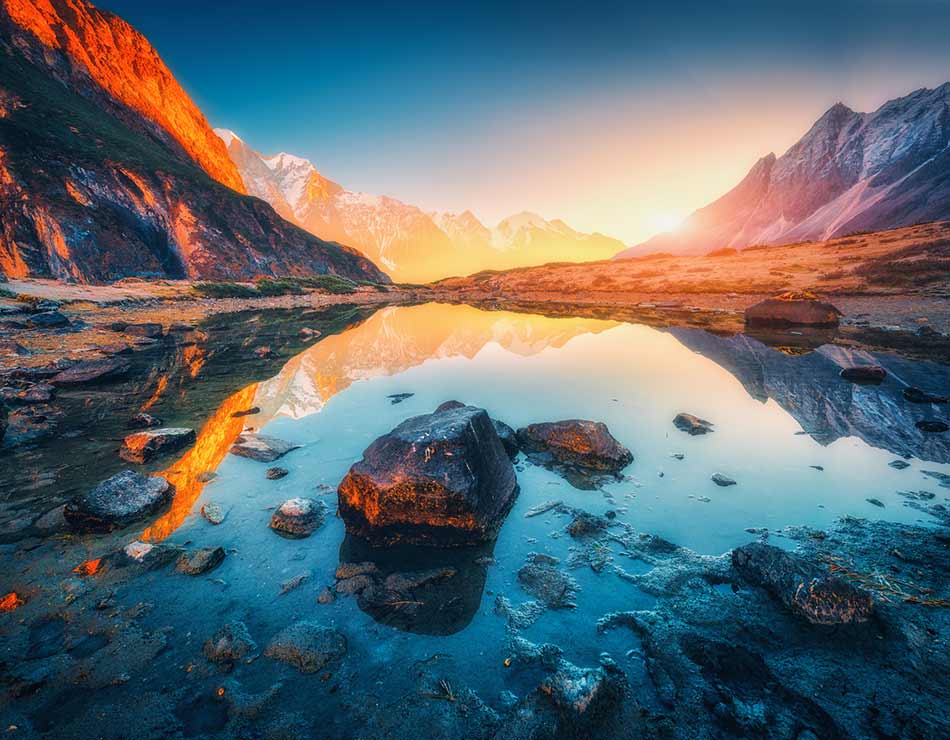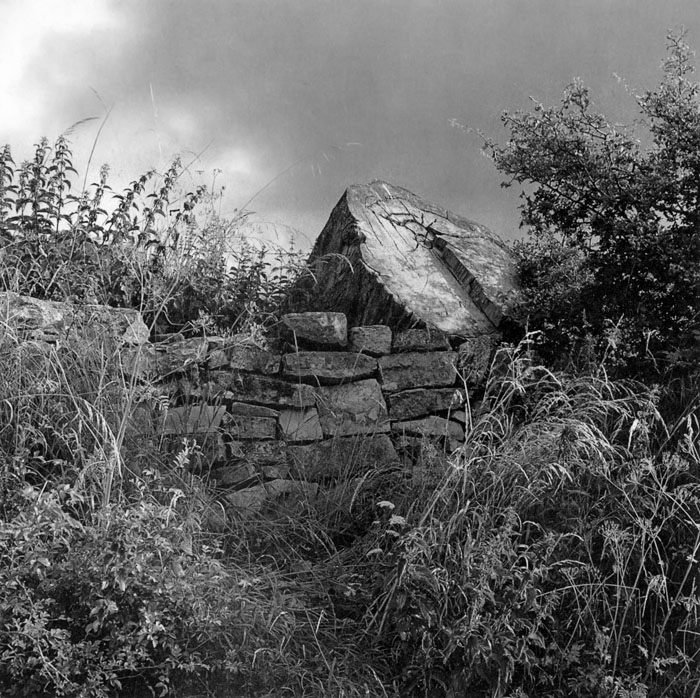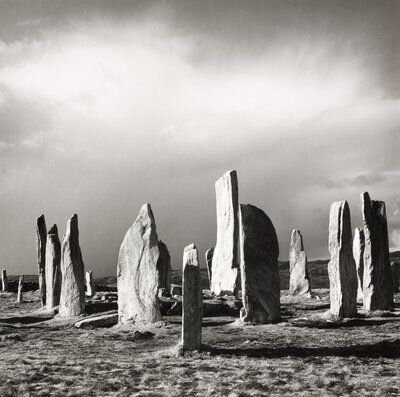Daily Archives: March 1, 2022
Filters
editing experiments
Experiment 1:

original image 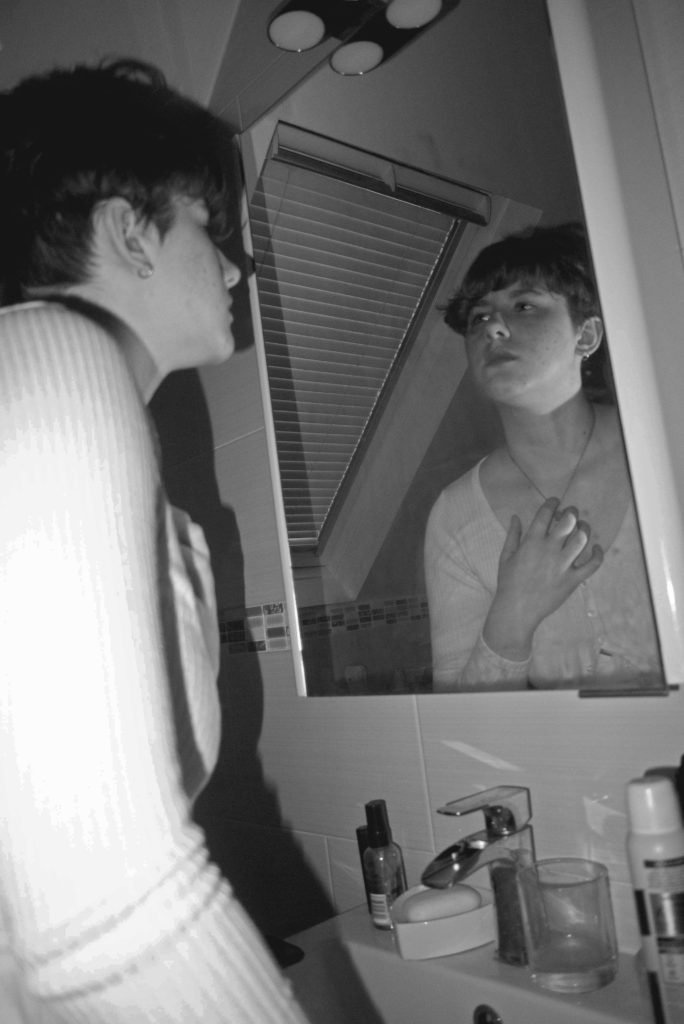
original image
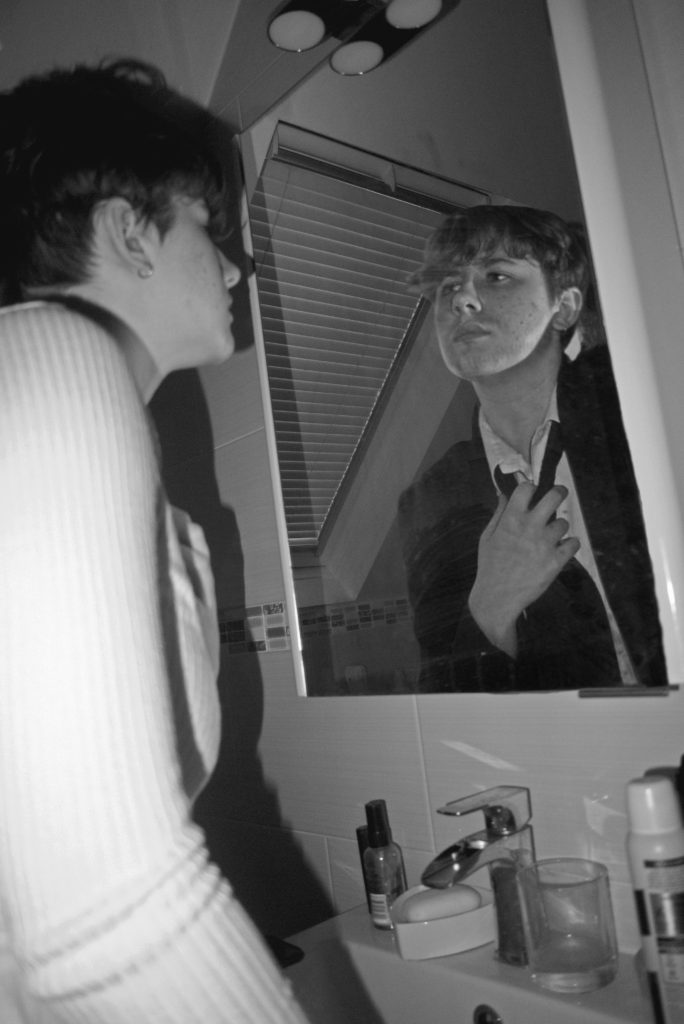
final image with the two photos combined
I first edited both photos exactly how I would with any of my images and I then added each image on two seperate layers. I went around the reflection of myself in the mirror with the lasso tool and copy and pasted it onto a new layer. I then deleted any unwanted parts so that I would just be left with the image of myself that I outlined. I then aligned it in the mirror and I turned down the exposure and shadows so that I would blend in better with the other image. When I first pasted the cut out section into the other image, it appeared too light as they both have different exposures, so I adjusted it slightly as to have the same intensity of light.
Experiment 2:
With this photograph, I first edited the original photo to a black and white version and after I carried out that process, I blurred out my face. Once my face was blurry enough, I scribbled over my face with the brush pen in white and draw the top surgery scars in light grey where my chest is. I then decided to write “This is freedom” to signify that these surgeries can be freeing for trans people.
Here are some edits I tried doing for this image, just to figure out where I wanted the writing to be placed.
Final experiments:
Artist comparison
Claude Cahun

Claude Cahun 
My work
For this photo, I was heavily inspired by Claude Cahun’s. I feel as if my work is somewhat similar to theirs as I have maintained the fact that my image is black and white which Cahun’s is too. I have also followed a similar theme in the sense that they both signify gender identity and are positioned in a similar way, such as sitting down on a chair.
Rural Landscape Photography
Landscape photography is a type of photography that captures the beauty of nature, bringing the viewers into the scenery, setting, and mood in these outdoor locations. Rural landscape photography refers to photographs taken in less populated areas like the countryside. They can often contain architecture (like urban landscapes) however, rural landscape photography focuses on the life and elements found in the country side. Some of these elements are: trees, mountains, animals, trees, lakes, cliffs etc.

Minor White 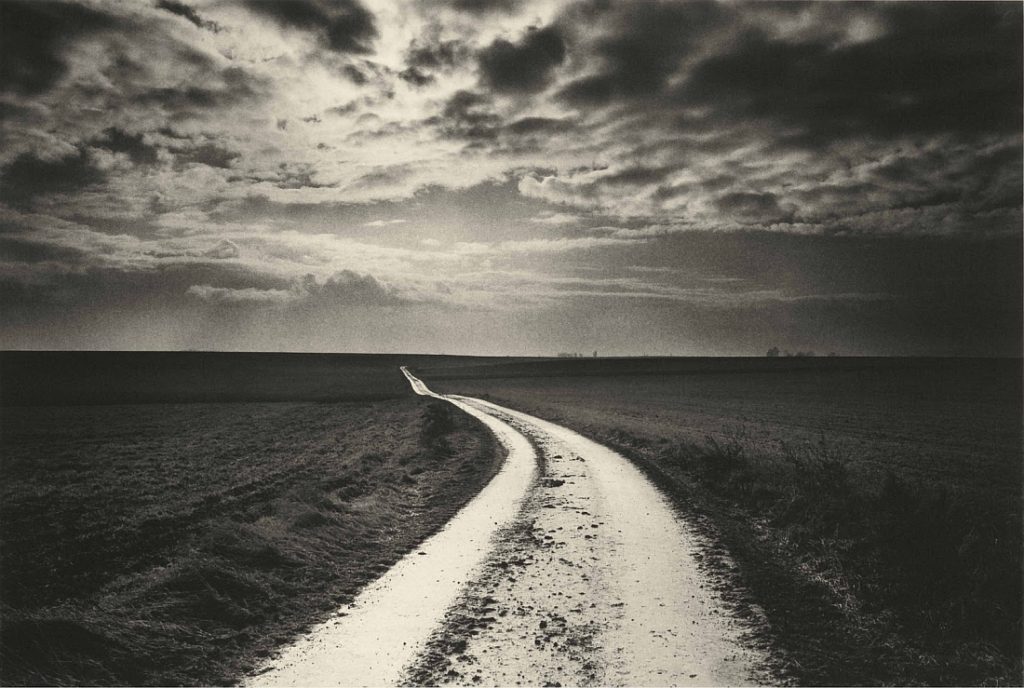
Don McCullin 
Eliot Porter 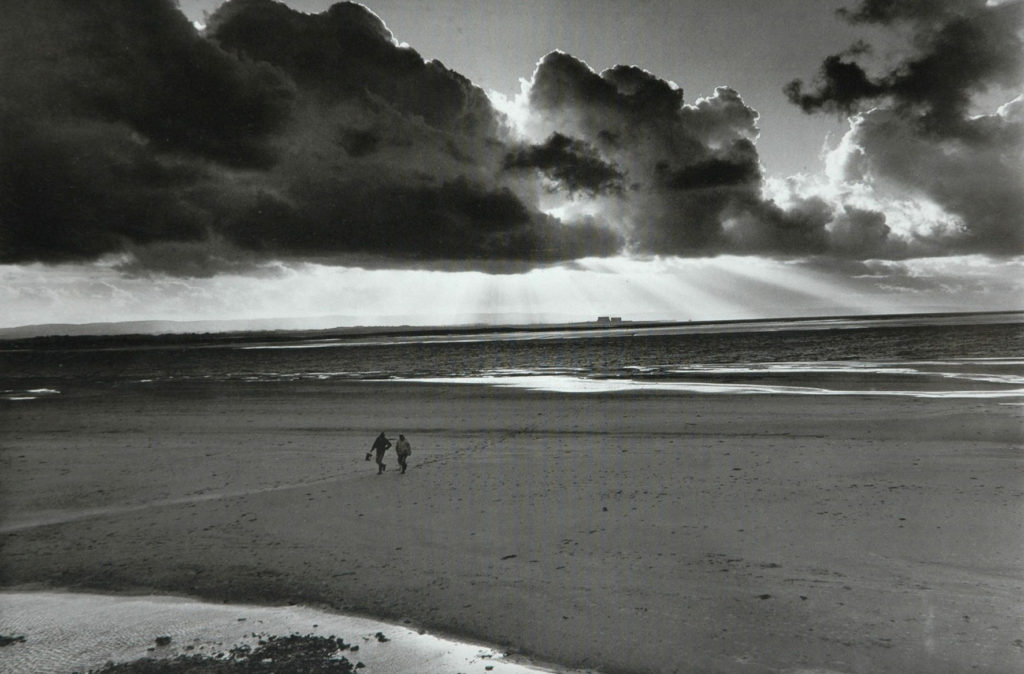
Don McCullin 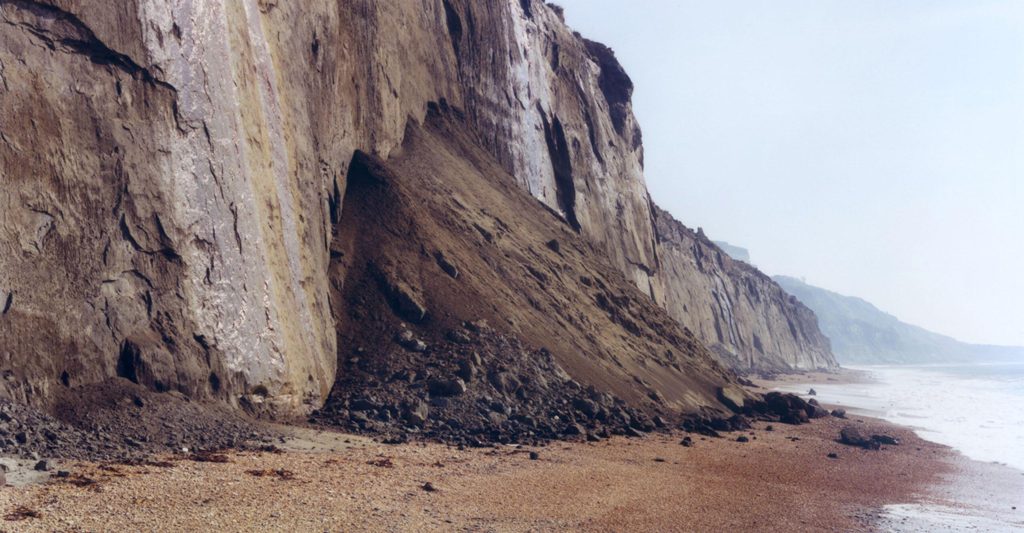
Jem Southam 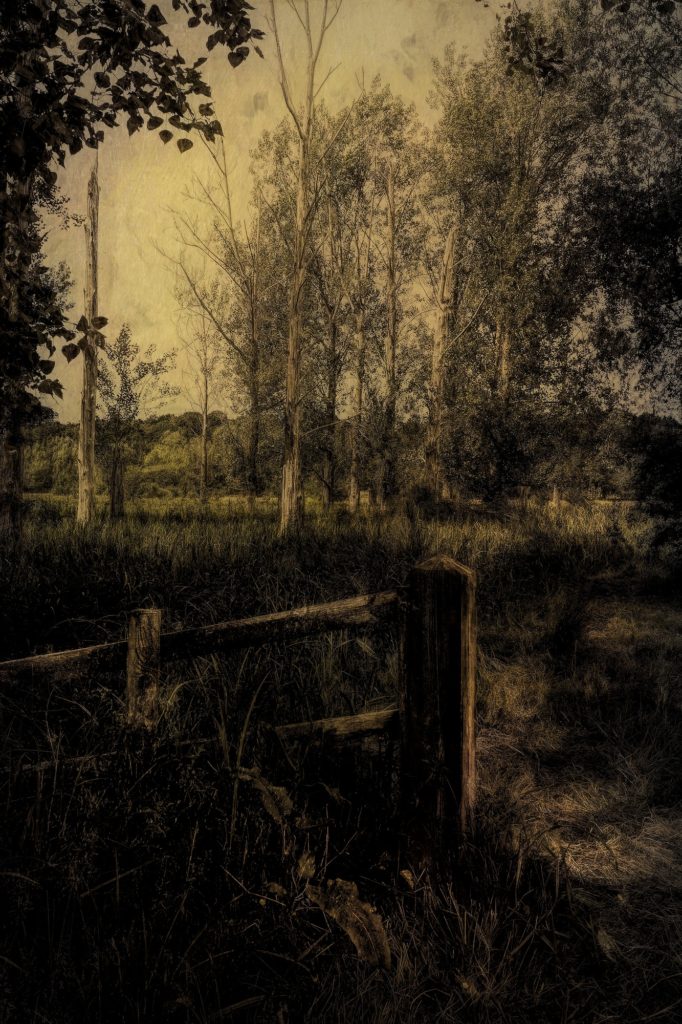
Martin Fry 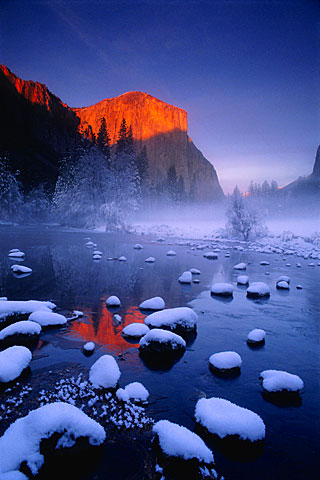
Galen Rowell 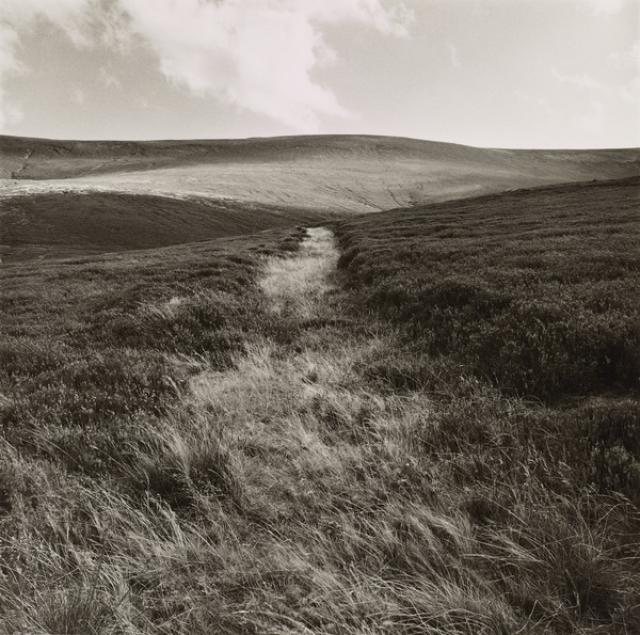
Fay Godwin 
Ansel Adams
Photo editing
Before and after

before 
after
I wanted for the image to not be too harsh in the black and white tones so I made sure to brighten the image enough.
Here I have adjusted the brightness and contrast after turning the original image to black and white
Afterwards I changed the exposure of the image as to slightly darken the image as I thought it still looked too light.
Finally, I moved onto changing the shadows and highlights. I then finally finished it off by adjusting the exposure once again, just to soften the darker tones of black. I do enjoy it being darker but I think I made it too dark so I decided to just adjust it slightly. I then adjusted the exposure once more, just shifting the gamma correction to soften the colour of the suit slightly so that it appears more visible in the final image.
More before and afters

before 
after
Here I followed the exact same editing process as my previous photo and I am very happy with the results.
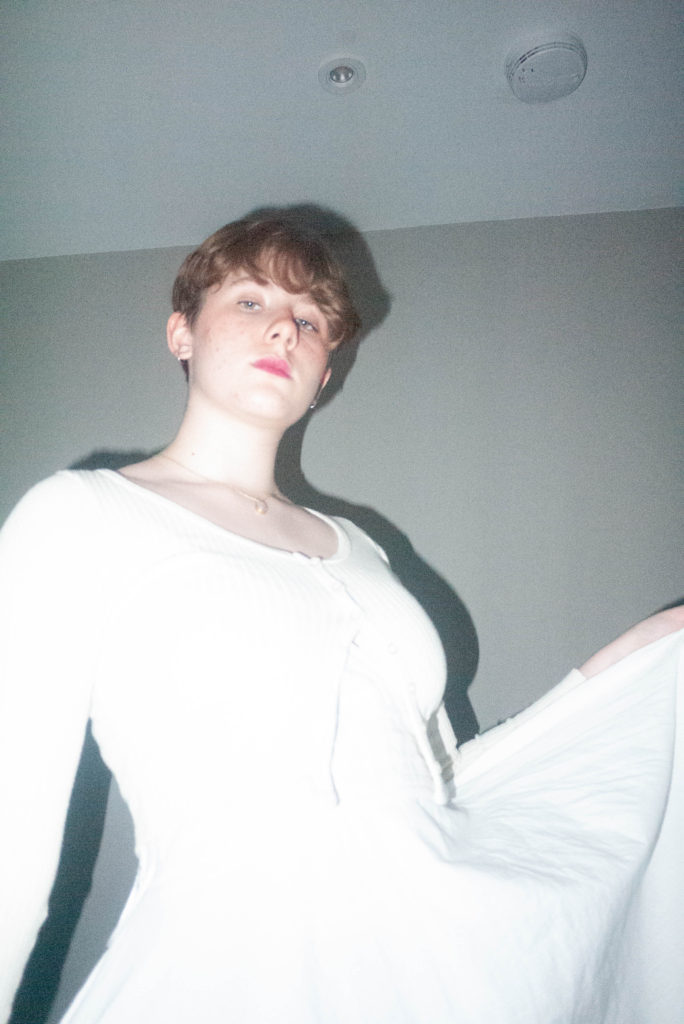
before 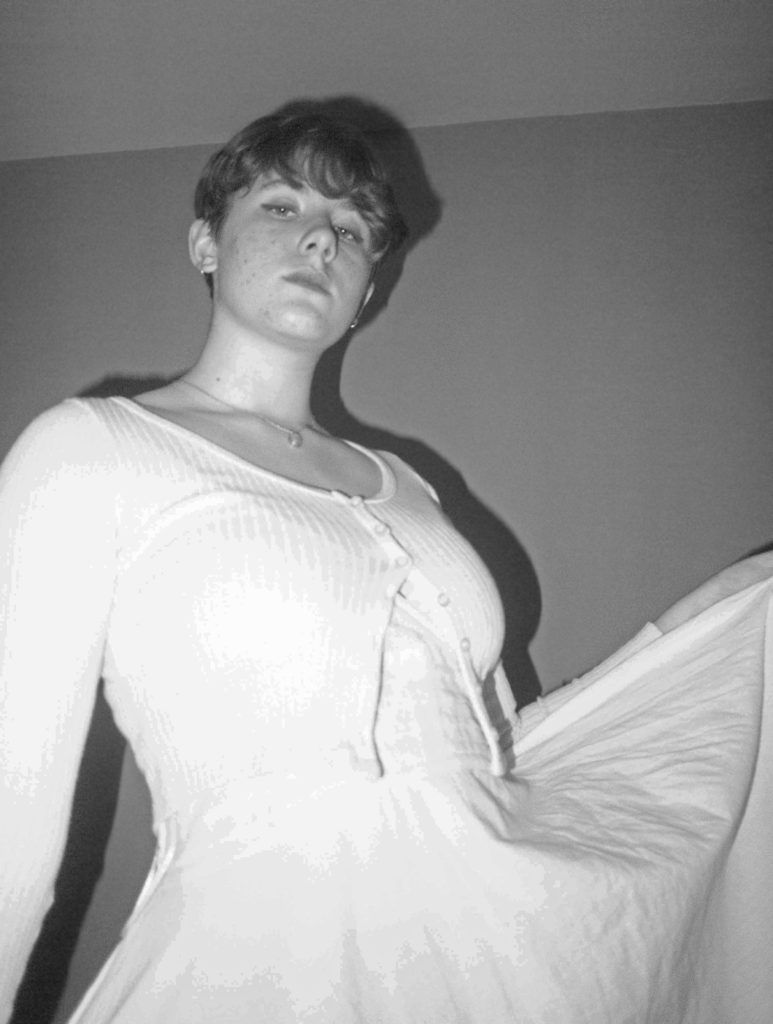
after
In this photograph, I wanted to make myself appear slightly more feminine so I drew on some eyeliner with the brush tool in photoshop.

before 
after
This photograph isn’t as clear as the other ones I’ve taken but I decided to leave it as it is because I actually quite liked how blurry it is. I enjoy the effect it gives off, although I may not include this as one of my final images.

before 
after
More final edits
Photoshoot 2
For my second photoshoot, I wanted to go ahead with the photograph ideas which include the mask prop. During this photoshoot, I drew a couple gender symbols on two of them. One mask contained just female gender symbols and the other included male, female and transgender symbols.
Contact sheets
These are my flagged photos for the second photoshoot with the images to be kept and the images to reject and not use.
Once again, I ended up ranking the photos on a star rating of 1 to 5 and afterwards I then colour coded which ones I wanted to use, possibly use or not use.
Best images to edit:
RURAL LANDSCAPE PHOTOGRAPHY

What is Rural Photography
“the diverse portion of the nation’s land area not densely populated or intensively developed, and not set aside for preservation in a natural state“
Rural photography is a landscape style of photography that focuses on the natural world including little to know man made objects and human intervention.
Ansel Adams

Adams was an American photographer, painter and environmentalist who worked during the 1900s. He was born on the 20th of February in 1902 in California and died on the 22nd of April 1984 making him 82 years of age when he died. Adams was a pioneer of landscape photography during the twentieth century he also painted. Ansel Adams shot black and white landscape images primarily in national parks in the US. This is why his images are famously rural and the landscape was untouched by humans. Ansel’s mother was very unsupportive of her son as she spent all her time worrying about how to make ends meet since the Adams family fortune collapsed. Ansel’s farther however was very supportive of his son. At a young age an earthquake struck San Francisco where Adams lived at the time. the quake cause Ansel to fall badly breaking his nose which left permanent damage and scaring. This as well as natural shyness caused difficulty for Adams to fit in at school. Due to this as well as Ansel supposedly being dyslexic he was home schooled by his father Charlie Adams and his aunt. this solitary childhood lead to Adams finding his love of nature which is what sparked his interest in photographing the natural world.
Image Analysis

Firstly this image is in black and white, this is likely due to the lack of technology for the general population to own cameras capable of producing coloured images. However the photographer Ansel Adams still managed to create an image that makes it easy for a viewer to determine the colours that would have been seem. This could be due to the heavy contrast between the shadowed and lit places. additionally the sunrays penetrating the clouds gives a certain contrast and glow to the background of the image. In this image I noticed the repetition of he patterns in the rocks in the foreground at a glance however when i look close into the image I notice all the randomised different shapes and features. This image has an obvious symmetry. This can be seen in the background where there are similar size mountains on either side of a valley that is the the exact centre of the photograph. the sun rays as well as the shadows being projected on the rocks shows that the sun light is coming from the top right of the image. this indicates that this photo was taken in the mid afternoon or mid morning where the sun is about half way between the horizon and the peak of its orbit. The could in the mountains give the image an ominous feeling, they also show how big the mountains are which i believe truly portrays the immensity of nature and how small we are in relation to it. After looking at this image i get the felling that the rocks are like a maze that needs to be passed before we can reach the mountains and climb to the top which gives me the impression that even in nature we have to work hard to climb to the top.
Romanticism and Landscape Photography
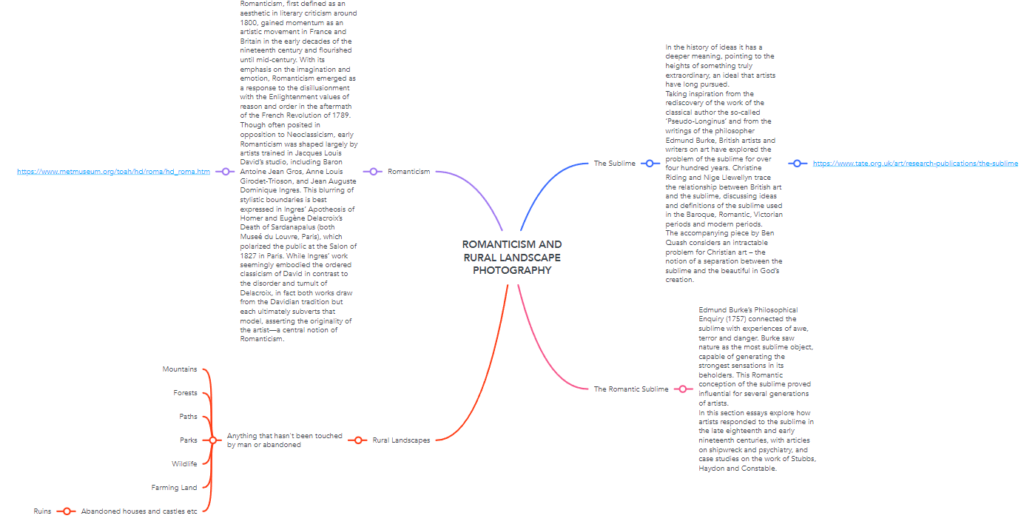
https://www.andylegresley.com/portfolio/landscape/our-favourites/
“Writers and artists rejected the notion of the Enlightenment, which had sucked emotion from writing, politics, art, etc. Writers and artists in the Romantic period favored depicting emotions such as trepidation, horror, and wild untamed nature.”
“The ideals of these two intellectual movements were very different from one another. The Enlightenment thinkers believed very strongly in rationality and science. … By contrast, the Romantics rejected the whole idea of reason and science. They felt that a scientific worldview was cold and sterile.”

Caspar David Friedrich 1832 Germany
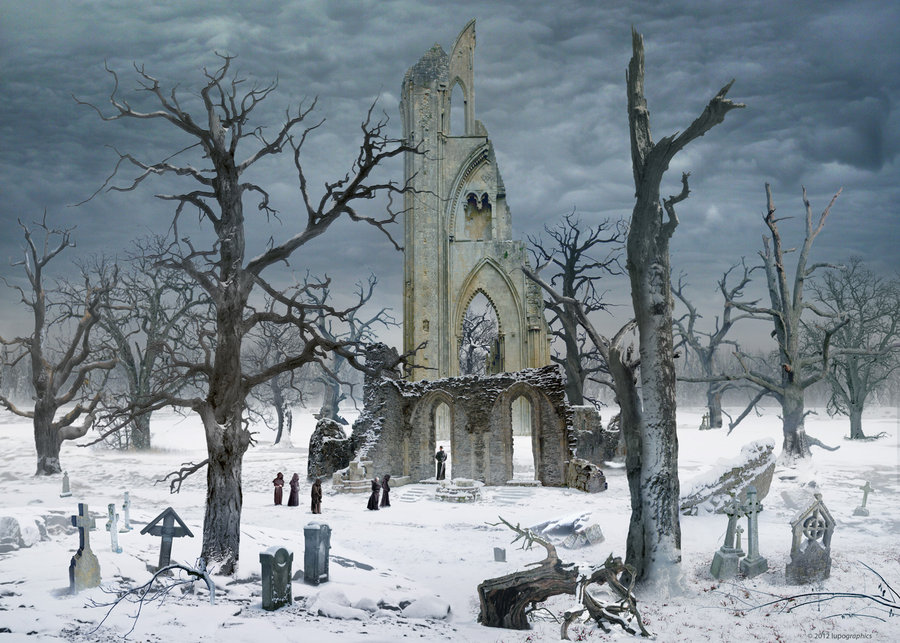
The Age of The Enlightenment (1700-1800ish)
The Enlightenment is a European intellectual movement in the 17th and 18th centuries, it concerned God, reason, nature, and humanity were synthesized into a worldview that gained wide assent in the West and that instigated revolutionary developments in art, philosophy, and politics.
Central to Enlightenment thought were the use and celebration of reason, the power by which humans understand the universe and improve their own condition. The goals of rational humanity were considered to be knowledge, freedom, and happiness.
Historians place the Enlightenment in Europe (with a strong emphasis on France) during the late 17th and the 18th centuries, or, more comprehensively, between the Glorious Revolution in 1688 and the French Revolution of 1789. It represents a phase in the intellectual history of Europe and also programs of reform, inspired by a belief in the possibility of a better world, that outlined specific targets for criticism and programs of action.
The Age of Romanticism (1800-1900ish)
The Industrial Revolution got into swing in the later part of the 18th century, starting in England and spreading to France and America. This revolution brought with it a new (system where supply and demand controls prices and production), based on new technology–machine tools and machine power instead of human tools and animal power.
Villages exploded into city based centres and people moved to them from farms and the countryside to take jobs in newly opened factories. With little to no rules in place, these jobs could be violent/difficult.
While (when a country builds factories and manufactures lots of things) made (products normally found in stores) cheaper and increased the production of food, there were those who looked back on the past wishingly, seeing it as a romantic period before people were (made money from) and nature ruined/diseased and destroyed.
At the same time, there was a growing reaction against the way of thinking of the Understanding, which drew attention to science, evidence (that was actually seen), and clear thinking above all. Romantics challenged the idea that reason was the one path to truth, judging it not enough in understanding the great mysteries of life. These mysteries could be uncovered with feeling of love, hate, guilt, etc., imagination, and (gut feeling or deep-down opinion). Nature was especially celebrated as a classroom for self-discovery and (related to religion or the soul) learning, the place in which mysteries could be showed/told to the mind of man. Romantics drew attention to a life filled with deep feeling, (interest in religion/belief in a higher power), and free expression, seeing such good qualities/advantages as a wall against the terrible effects of (when a country builds factories and manufactures lots of things). They also praised the value of human beings, which they believed to have (without limits or an end), godlike (possible greatness or power).
Artists of the Romantic Period tried to capture these ideals in their work. They rejected the rationalism and rules-driven orderliness that characterized the Neoclassical style of the Enlightenment. Like Baroque artists, Romantic artists hoped to inspire an emotional response in those who viewed their art; but instead of seeking to inspire faith as their predecesors had, most sought to evoke a nostalgic yearning for rural, pastoral life, the stirrings of life’s mysteries, and a sense of the power and grandeur of nature. Art of this period also depicted the romantic ideal of nationalism, but for reasons of length, we will focus on landscapes in this post.
Carelton E. Watkins (1829–1916)
Carleton E. Watkins is considered one of the greatest photographers of the American West. Traveling the western United States, he made thousands of mammoth and imperial plate photographs of the Yosemite Valley, Columbia River, the Sierra Nevada, and the Pacific Coast in Oregon. His pictures of Yosemite Valley served an essential role in Congress’ establishing Yosemite as a National Park in 1864. Watkins’ photographs of the West remain as important historical documents of the landscape, showing a moment before the onslaught of massive development.
Ansel Adams
Adam’s was a Photographer and a Conservationist. “At one with the power of the American landscape, and renowned for the patient skill and timeless beauty of his work (see Ansel Adams Yosemite black & white photographs & original prints), photographer Ansel Adams has been a visionary in his efforts to preserve this country’s wild and scenic areas, both on film and on Earth. Drawn to the beauty of nature’s monuments, he is regarded by environmentalists as a monument himself, and by photographers as a national institution. It is through his foresight and fortitude that so much of America has been saved for future Americans.”
Image Analysis

I like how the image uses soft lighting which reflect on the rocks especially in the foreground and in the background harsh lighting. This image looks like it was taken roughly mid-morning as you can see that the sun is rising from the mountains in the background. The rocks give the image texture with the reflection of the sun giving the image curvy lines. The geometric rocks almost look like a pattern which in repeated hundreds of times. There isn’t much negative space within this photograph making it rather busy. There’s lots of tones within this image from the dark rocks with a reflection to the beaming sun shining through the mountains which portrays a sense of depth through the rocks.
I specifically like tis image as it’s monochrome however there’s a wide range of different shades in the photograph. Monochrome images can help us to understand the subject better for example in 1943 and 1944, Ansel Adams made several trips from Yosemite to the Manzanar Relocation Centre, located at the foot of Mount Williamson, where Japanese and Japanese-American citizens were interned after the attack on Pearl Harbour where he Deeply distressed by the situation, Adams photographed the people and conditions. Adams had visited this place several times, but the conditions had not been right for photographing Mount Williamson, whose dark granite rock tended to blend into the sky.
He needed clouds to make the photograph work. He later commented, “When the clouds and storms appear the skies and the cloud-shadows on the mountain bring everything to life, shapes and planes appear that were hitherto unseen. Mountain configurations blend with and relate to those of the clouds. Paul Strand said to me at Taos, at my meeting with him in 1930 that was of such importance to my photography: ‘There is a certain valid moment for every cloud’.” For my photoshoot I would like it follow how Ansel took his photographs ensuring not only bright light but plenty of clouds in the sky.
Rural Landscape Photography
Examples of Photographers:
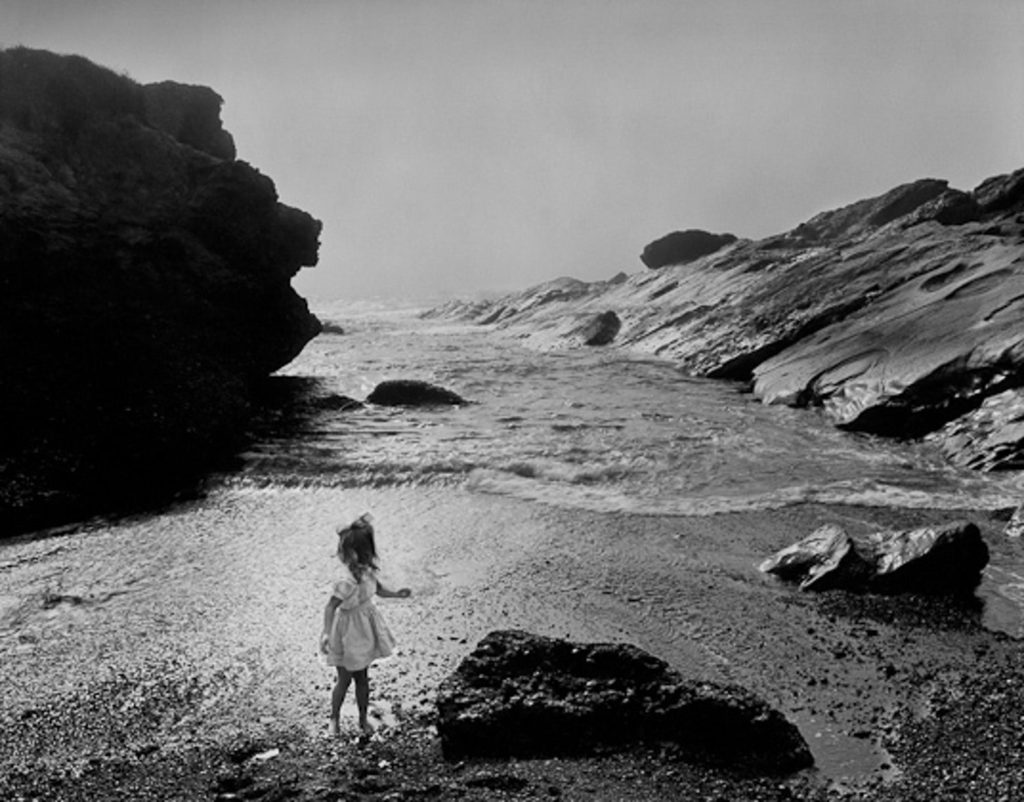
Wynn Bullock 
Wynn Bullock 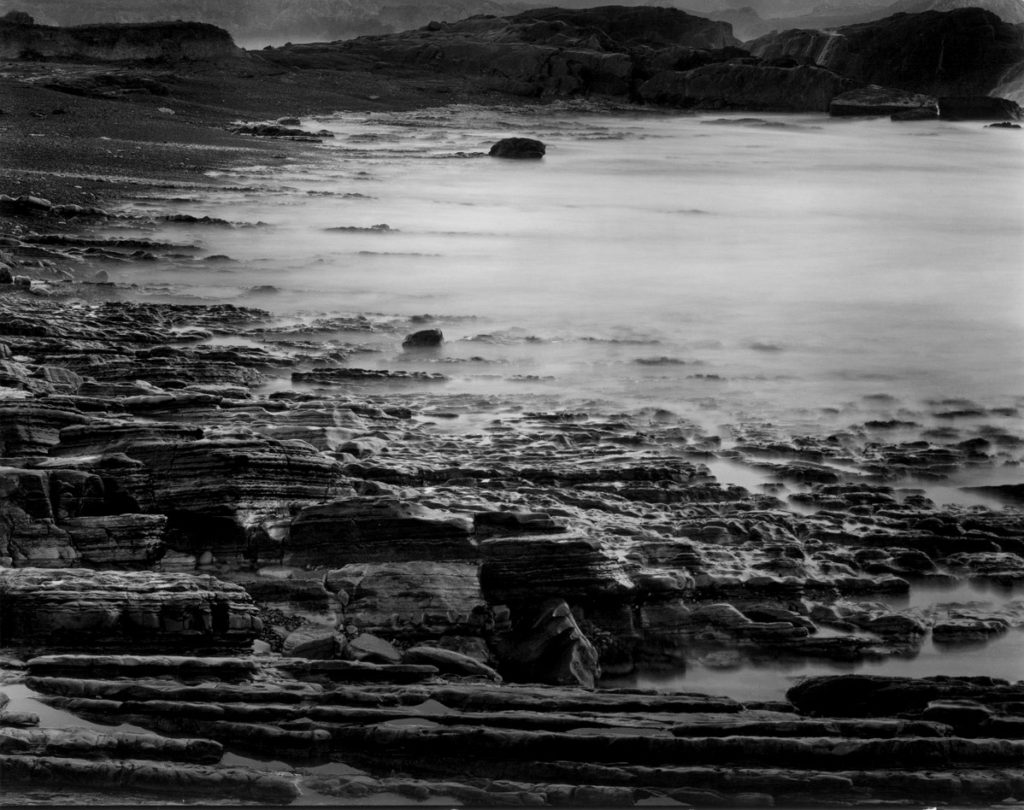
Wynn Bullock 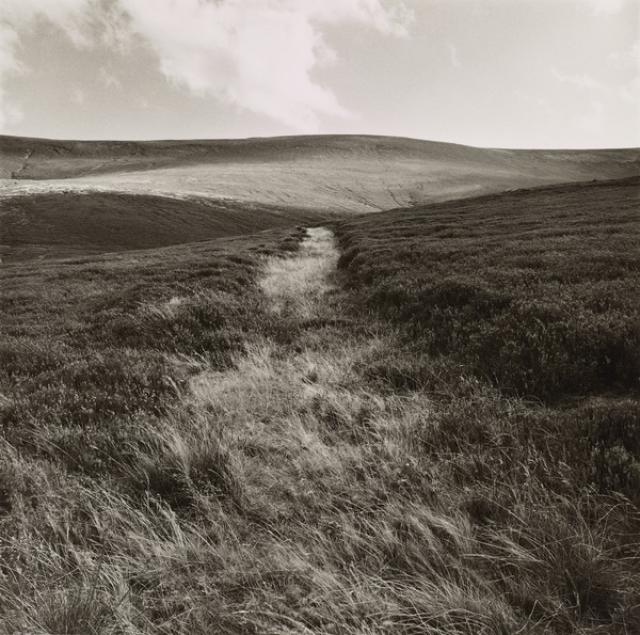
Fay Godwin 
Fay Godwin 
Fay Godwin 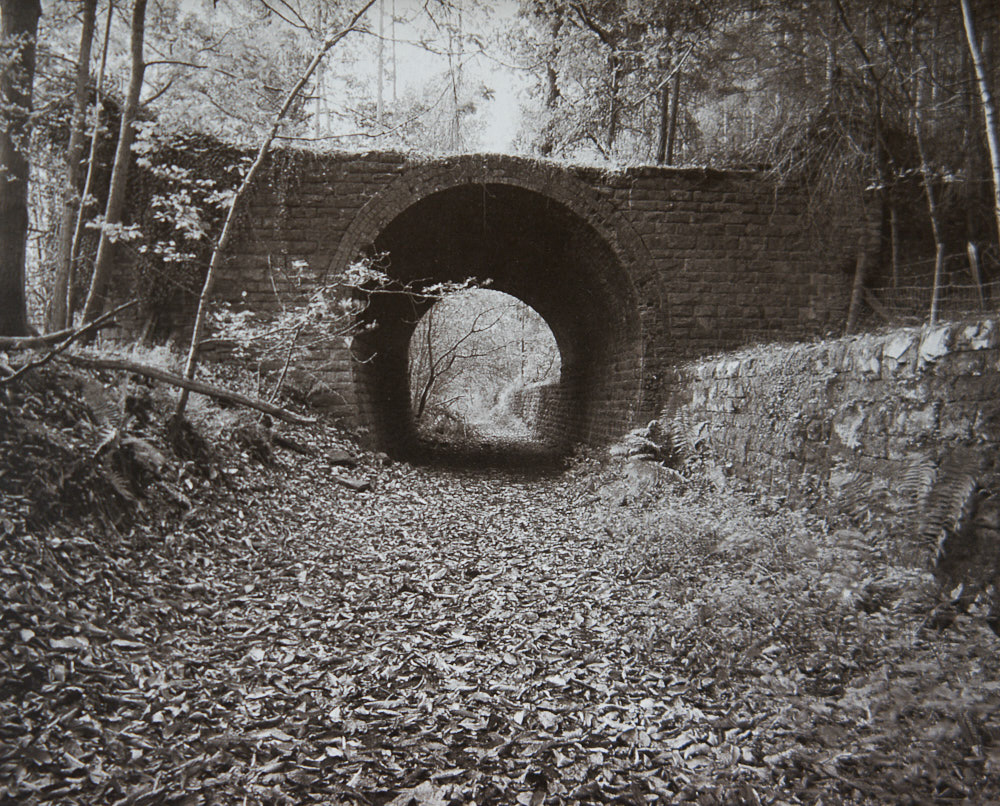
Fay Godwin 
Fay Godwin 
Edward Weston 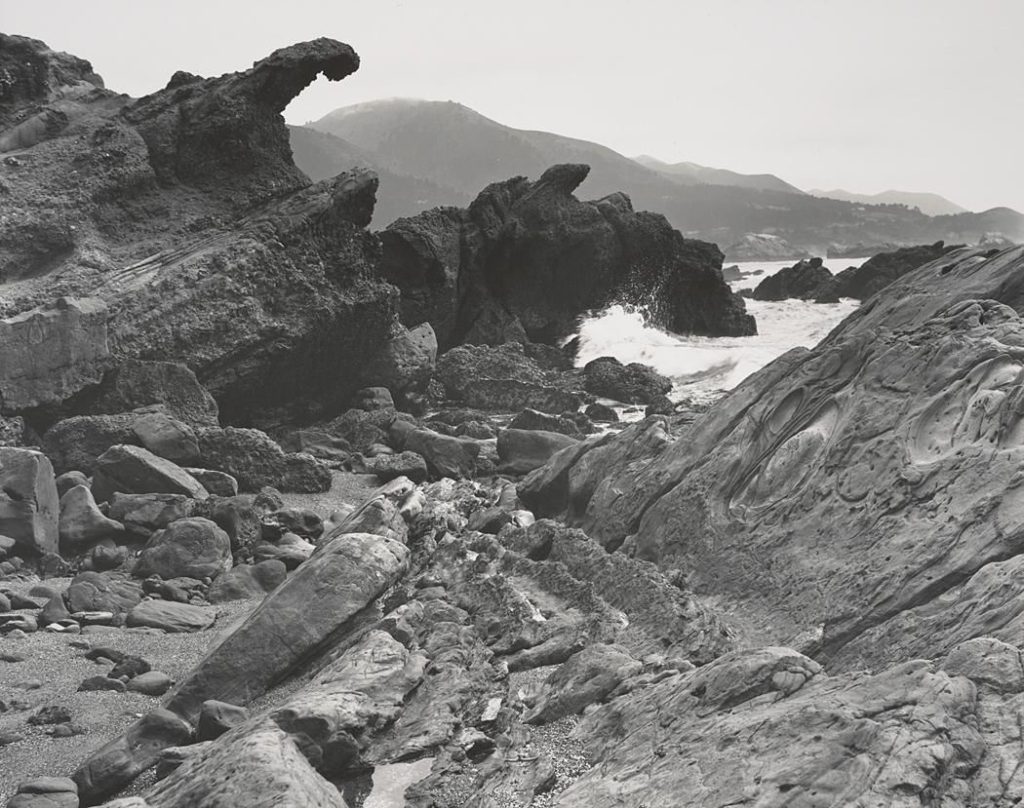
Edward Weston 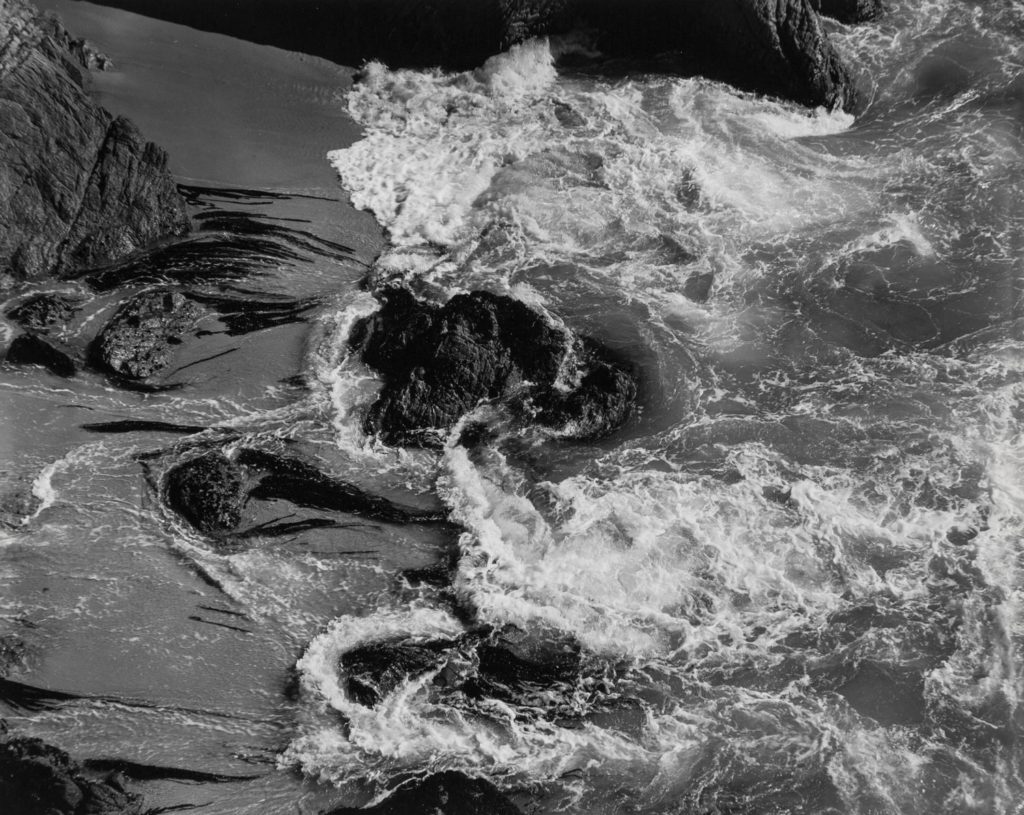
Edward Weston 
Minor White 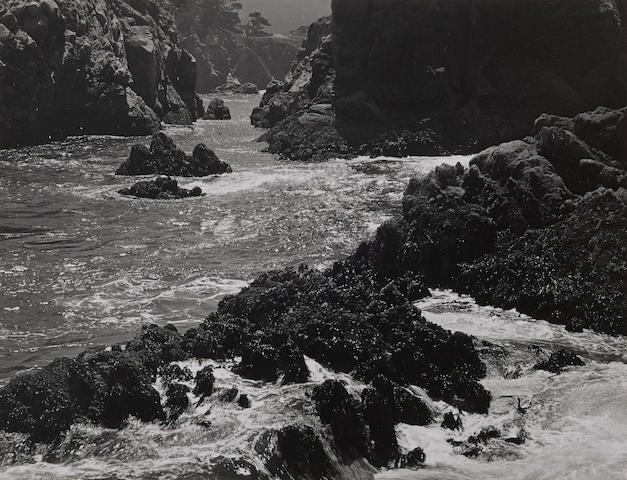
Minor White 
Minor White 
Don McCullin
Photoshoot plan
Ideal camera settings for landscape photography…
Aperture: F/16.
Shutter speed: a low shutter speed mainly due to fading light (dawn/ dusk), so to avoid camera shake use a tripod. ISO: 100 to maintain maximum quality and minimum grain.
Exposure bracketing: use this technique to control exposure in low light situations.
I plan to take photos of…
- Coastline
- The sea – Beaches with plenty of rocks i.e.. St Catherine’s Breakwater, Le Rocque Harbour
- Fields – Fields where there are trees and maybe people in the background which could assist with me telling a story
- Park – Little greenery park with benches
- Woods – St Saviours woods again however I would like to stand on the pavement surrounding the woods looking down into it
My Images

Artist Response
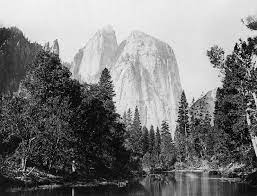
Carelton E. Watkins 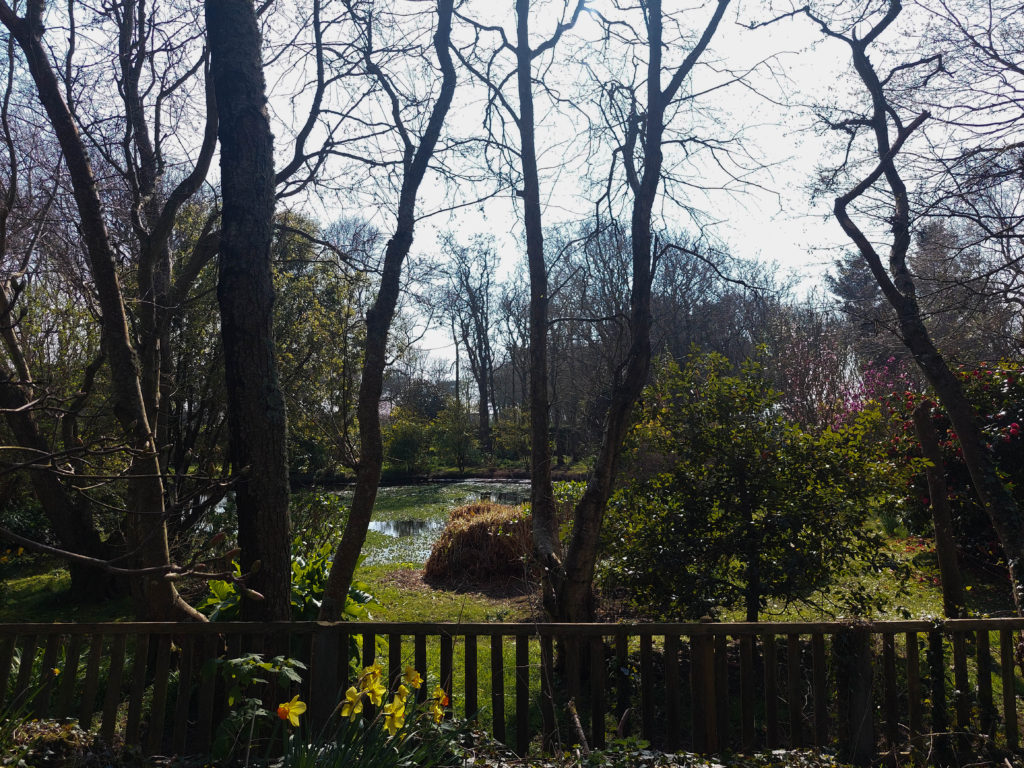
My Unedited Image
Experimentation
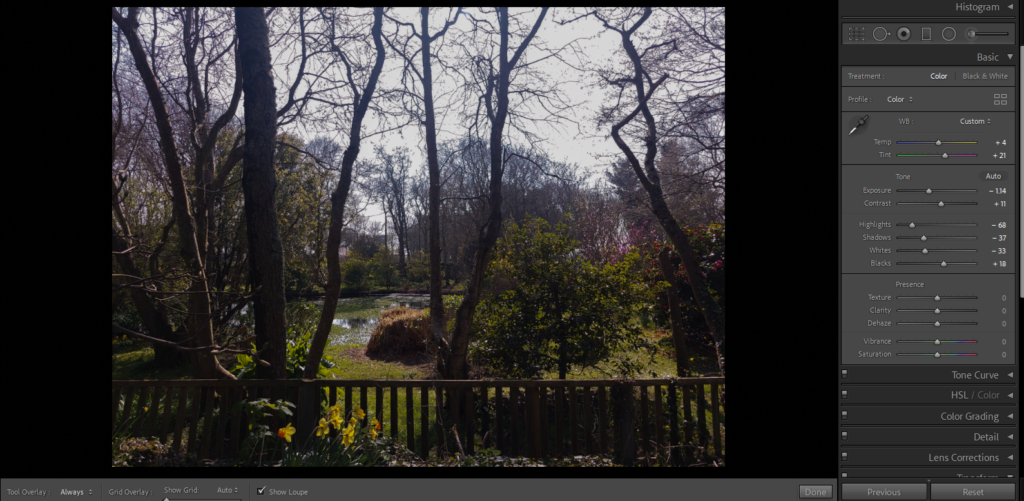
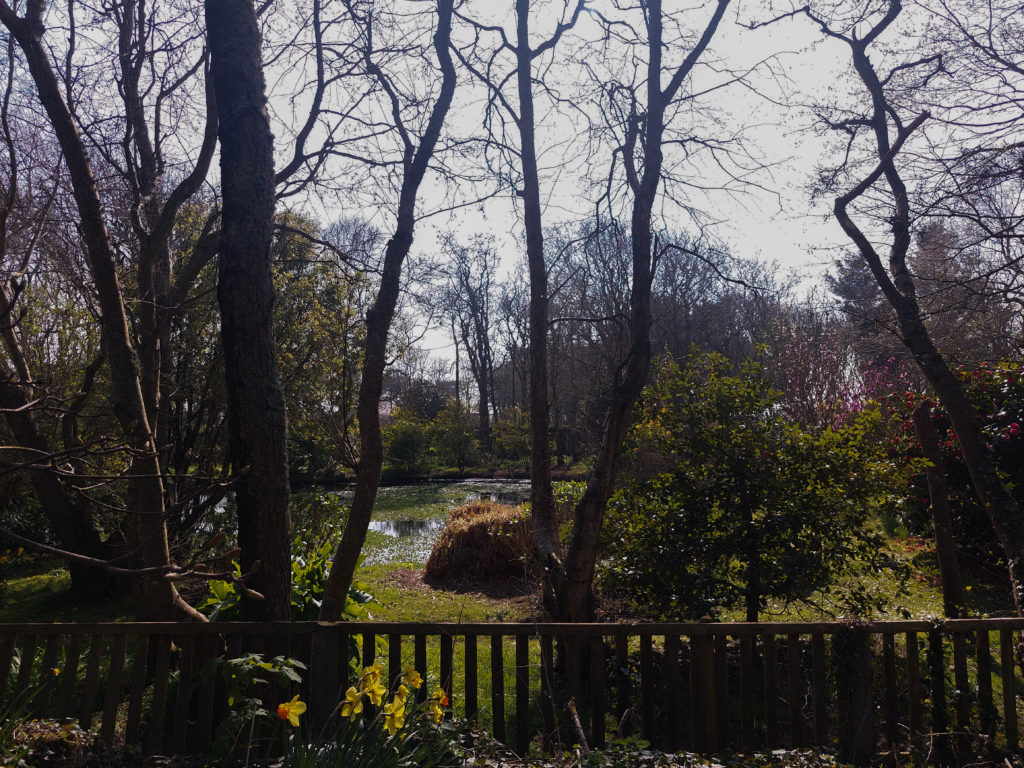
Urban-
relating to a city or town which are densely populated living relating to the experience, lifestyle of the surroundings.
Urban Decay
Urban Decay Photography uses abandoned and rundown buildings
old and abandoned buildings have a lot of character and personality in a darker and grimmer sort of way. I want to use this to tell almost a story with my images and to put across my point I plan to shoot from unconventional perspectives and angles to really highlight the character of these old buildings. I could shoot upward to exaggerate the hugeness of a room and/or I could shoot at an angle to stress the sense of disorientation.
Examples of photographers…
- Gina Soden
- Tim Crooks
- Irina Souiki
- Mark Gagne
- Rob Dobi
- Christina Tullo
- Zach Fein
Photoshoot Plan
I plan to shoot in two different locations…
- An Abandoned House
- Brewery
Contact Sheets
landscape moodboard
landscape photography
Introduction/ Mood Board
Definition: Landscape photography shows the spaces within the world, sometimes vast and unending, but other times microscopic. Landscape photographs typically capture the presence of nature but can also focus on man-made features or disturbances of landscapes. Landscape photography is done for a variety of reasons. I have selected these images as I think they are the most aesthetic and they show a good range of skill and a good variety of different landscapes.
Fay Godwin
Godwin was born Fay Simmonds in Berlin, Germany, the daughter of Sidney Simmonds, a British diplomat who had married Stella MacLean, an American artist. She married publisher Tony Godwin in 1961; the couple had two sons, Jeremy and Nicholas. Godwin was less active in her final years; in a December 2004 interview for Practical Photography, she blamed “the NHS.
In the 1990s she was offered a Fellowship at the National Museum of Photography, Film and Television (now the National Media Museum) in Bradford, which pushed her work in the direction of colour and urban documentary. She also began taking close-ups of natural forms. A major exhibition of that work was toured by Warwick Arts Centre from 1995 to 1997; Godwin self-published a small book of that work in 1999, called Glassworks & Secret Lives, which was distributed from a small local bookshop in her adopted hometown of Hastings in East Sussex.
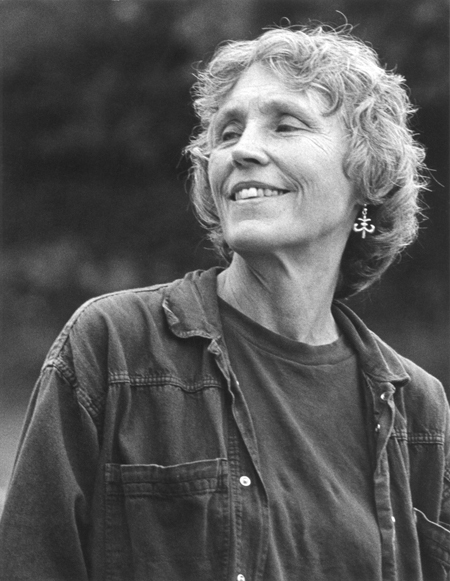
Fay Godwin 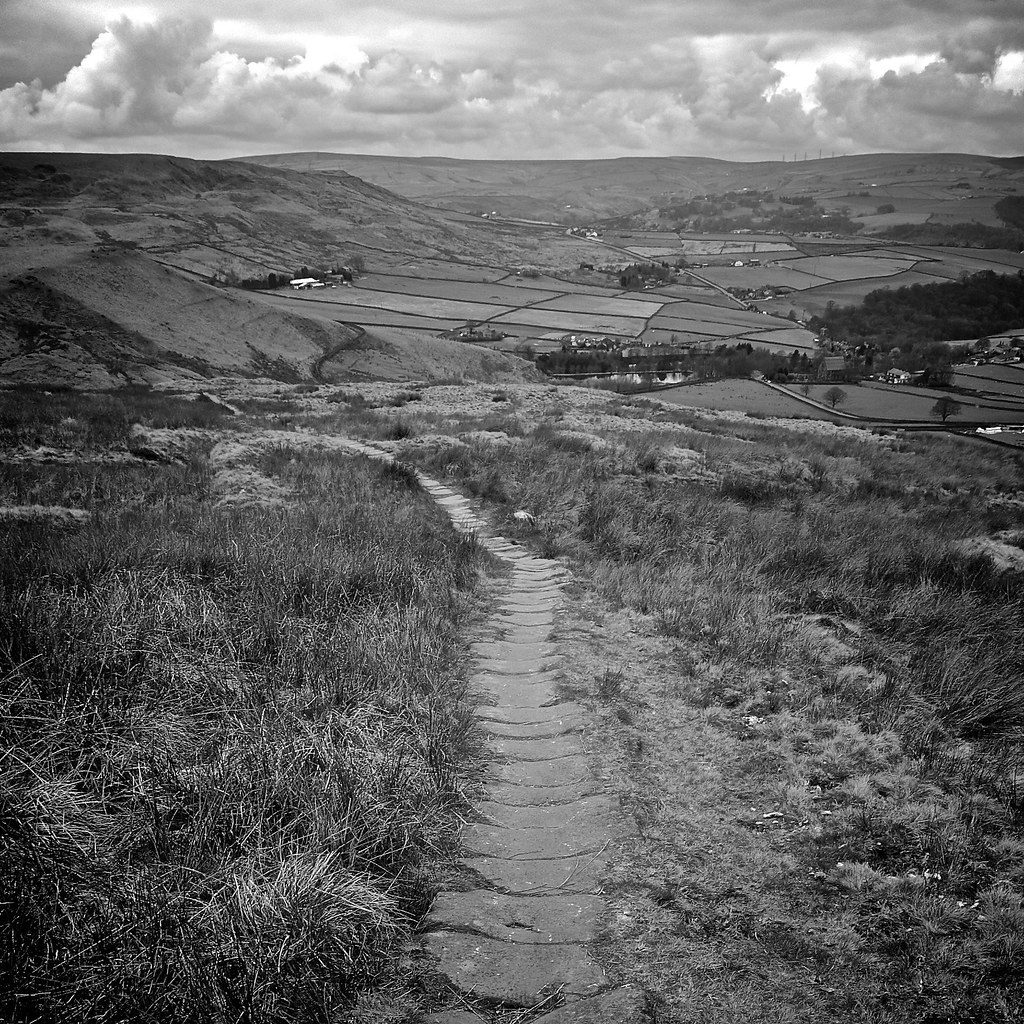
Her work
Godwin was introduced to the London literary scene. She produced portraits of dozens of well-known writers, photographing almost every significant literary figure in 1970s and 1980s England, as well as numerous visiting foreign authors. Her subjects, typically photographed in the sitters’ own homes, included Kingsley Amis.
The first edition of Remains of Elmet: A Pennine Sequence, her book collaboration with poet Ted Hughes, was published by Rainbow Press in 1979. The book was also published in popular form by Faber and Faber (with poor reproduction of the images), and then re-published by them in 1994 simply as Elmet with a third of the book being new additional poems and photographs.
My way into photography was through family snaps in the mid-1960s. I had no formal training, but after the snaps came portraits, reportage, and finally, through my love of walking, landscape photography, all in black and white. A Fellowship with the National Museum of Photography in Bradford led to urban landscape in colour, and very personal close-up work in colour has followed — Fay Godwin
Image Analysis
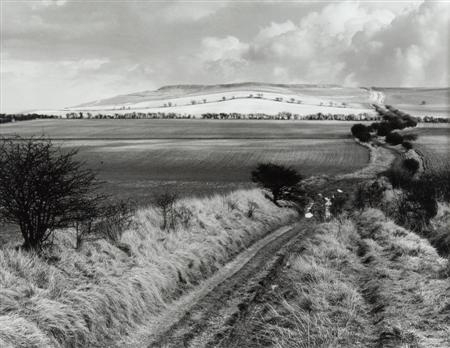
I have selected this image to analyse as I think there are many different components to look at. I like that the way that the camera is angled means that the trial in the foreground takes up all of the image and it slowly disappears to just take up the last third of the image. I think how Godwin has considered (from Ansel Adams’ ideas) that all 11 tones (0-10) in this image and its clear she has considered this when taking the image. The trees all spread through the image are tones 0 as they are the darkest tone, and the sand dunes in the background sand dunes would be considered 9-10 tones as they are very light. Furthermore, its really important to consider the textures in the long grass at the foreground of te image, as this contrasts with the fields and sand further back in the picture, as they are smooth.
In addition, this image is split horizontally into three sections, with the thickest part of the trial in the foreground being one section, the smooth textured field being the next and the very light toned sand dunes in the background being the third, and this gives the image depth and its part of the detailed composition. Also, the perspective of the image means that it gives it a sense of depth, as the foreground appears to be much lighter from the position the image was taken in. The tonal values of the image mean the the depth is heightened as even the outlines of the clouds is clear and the fact that the vegetation in the front matches with the outline of the mountains brings the image together more.


